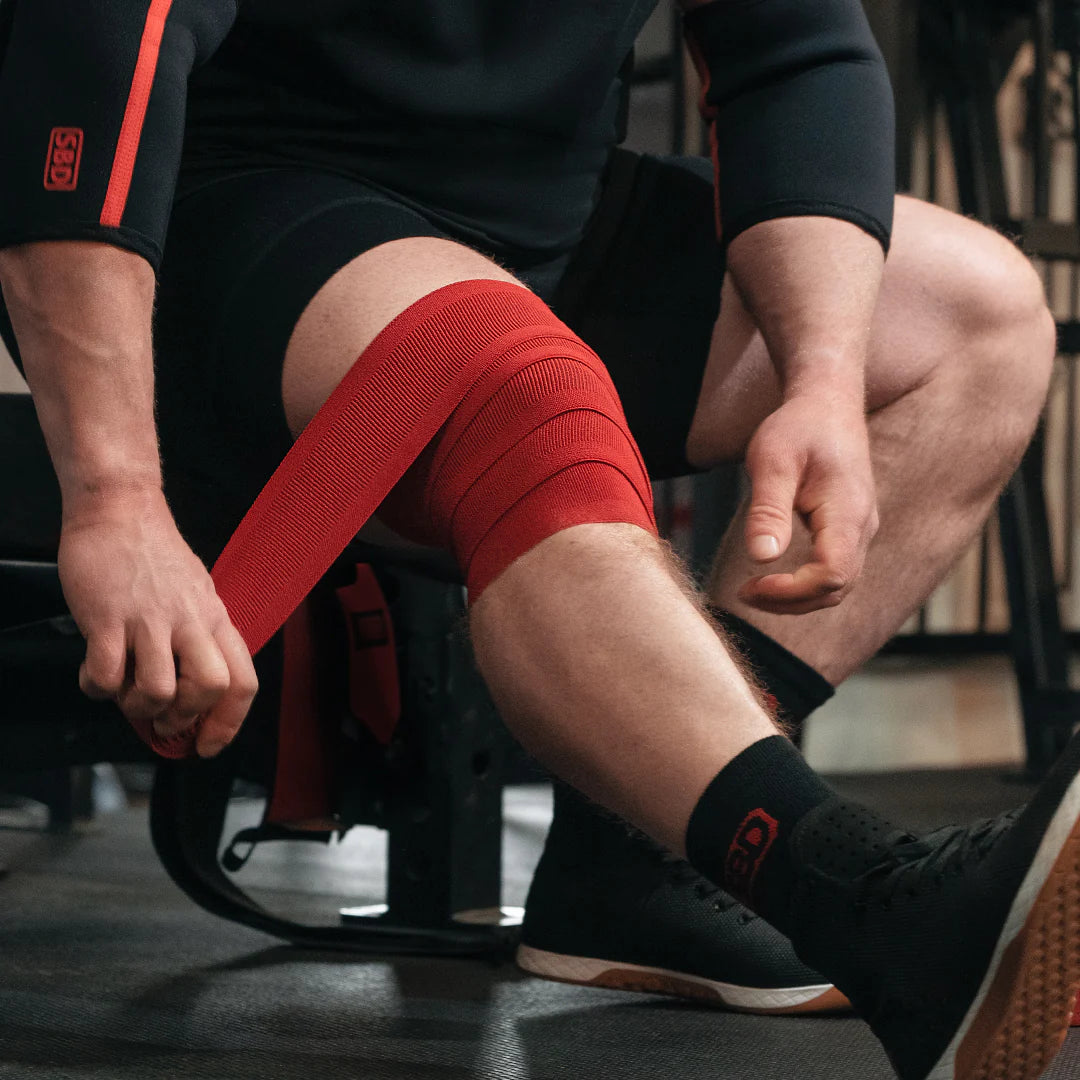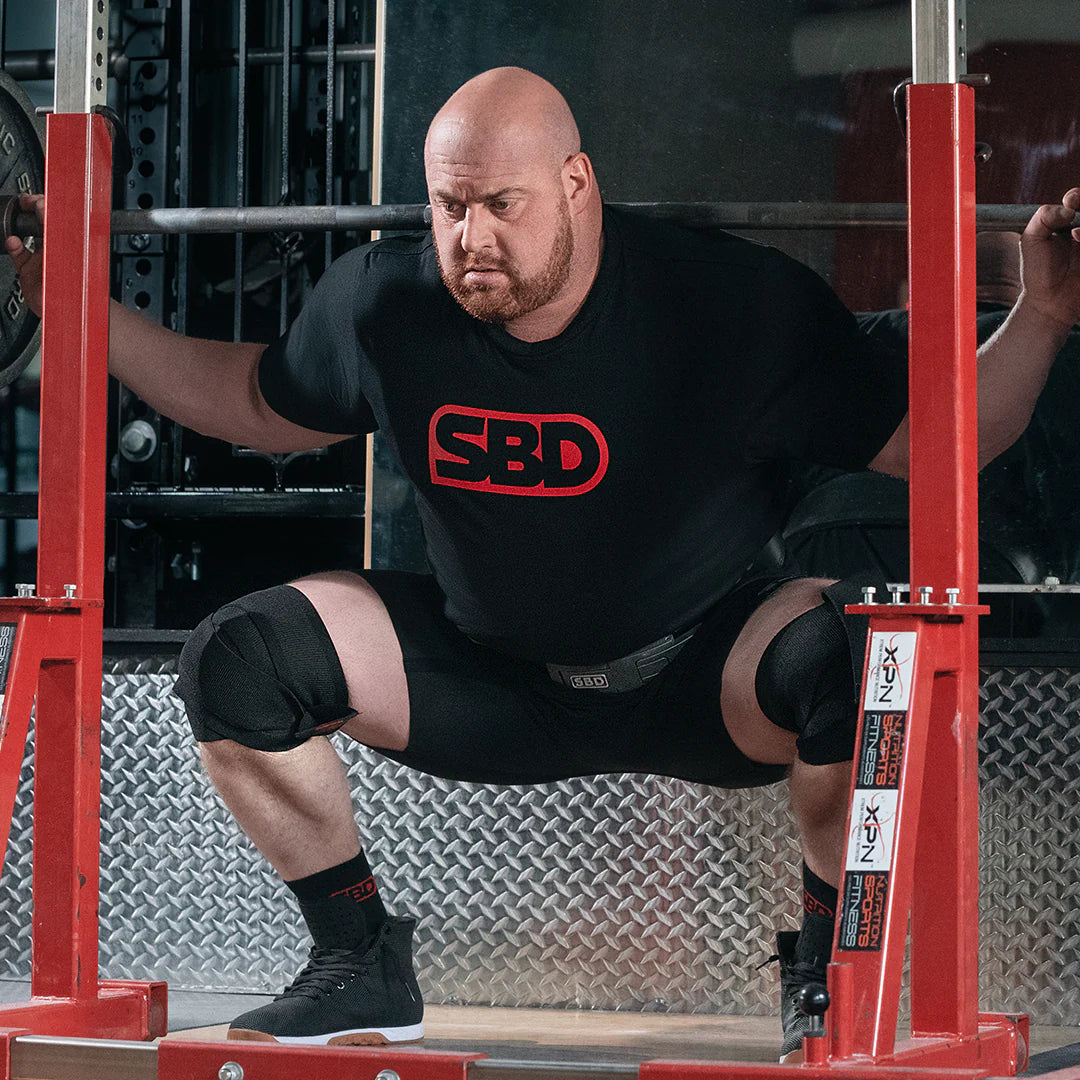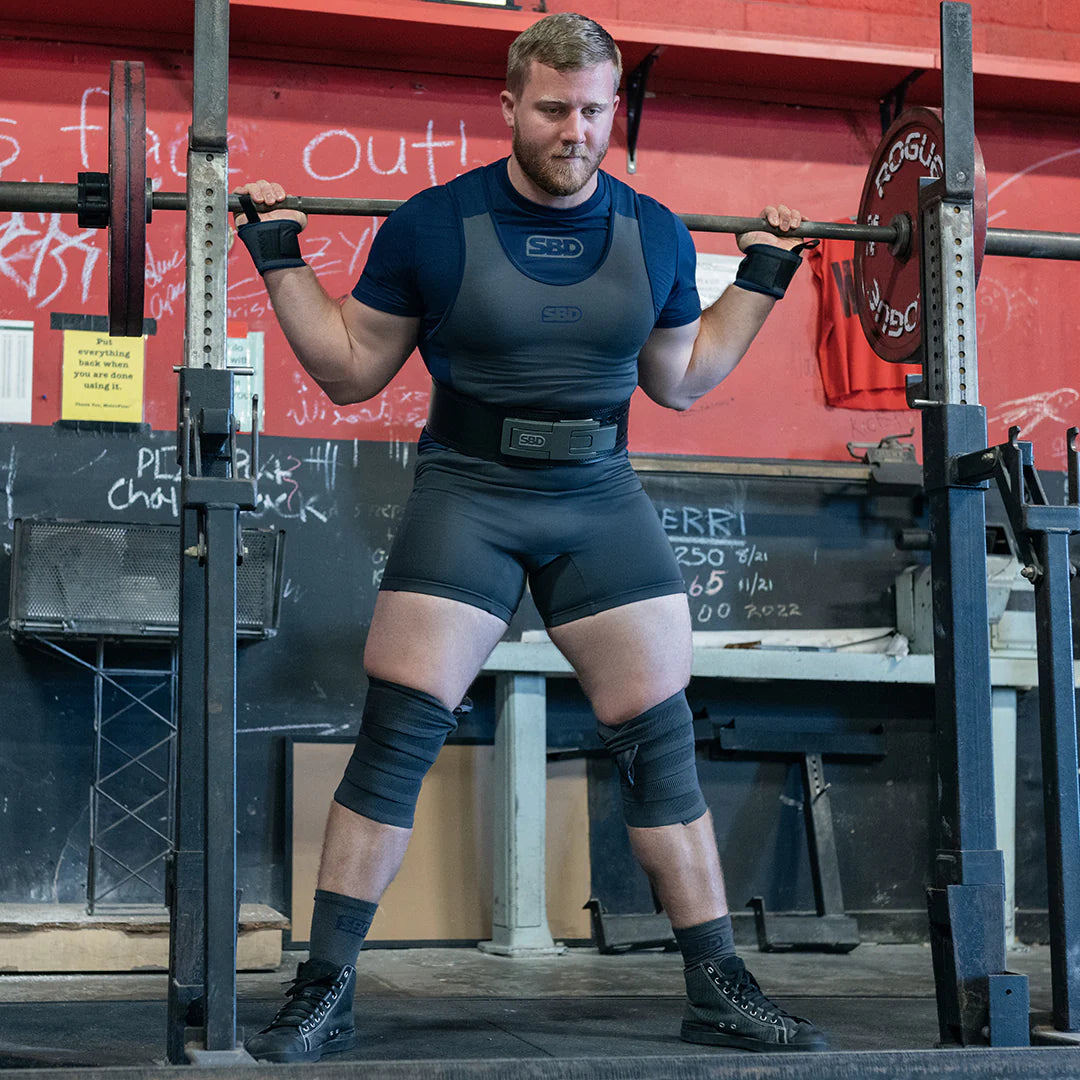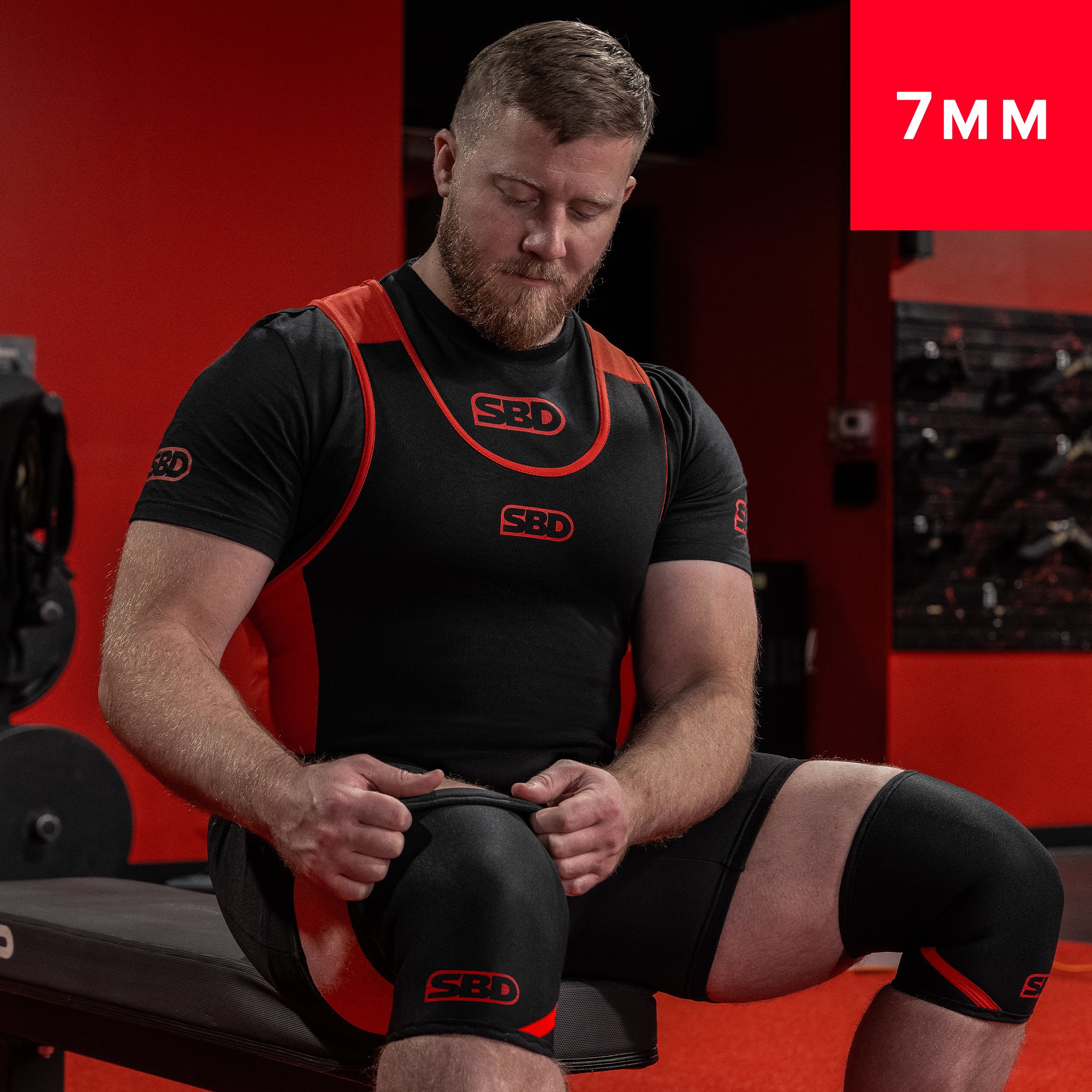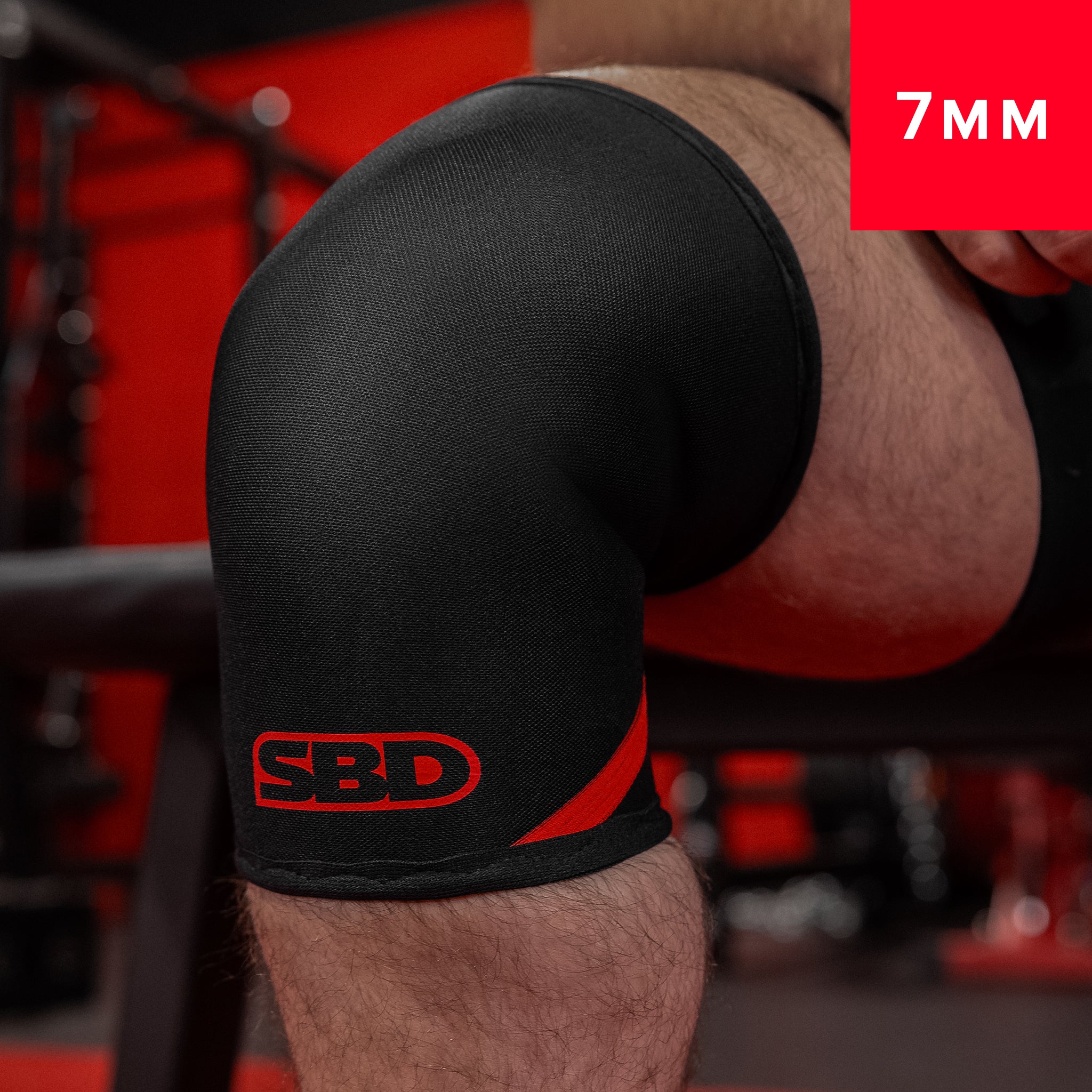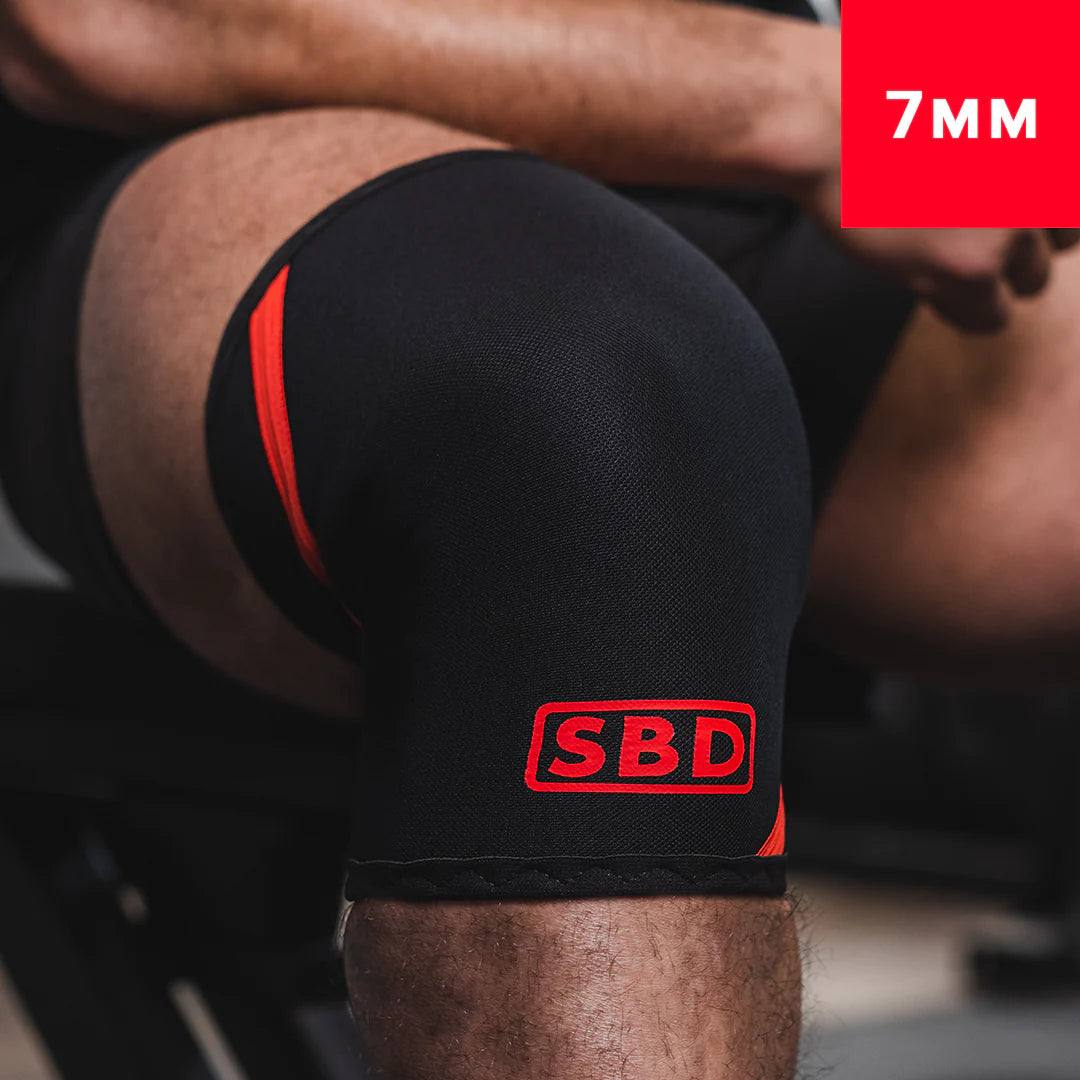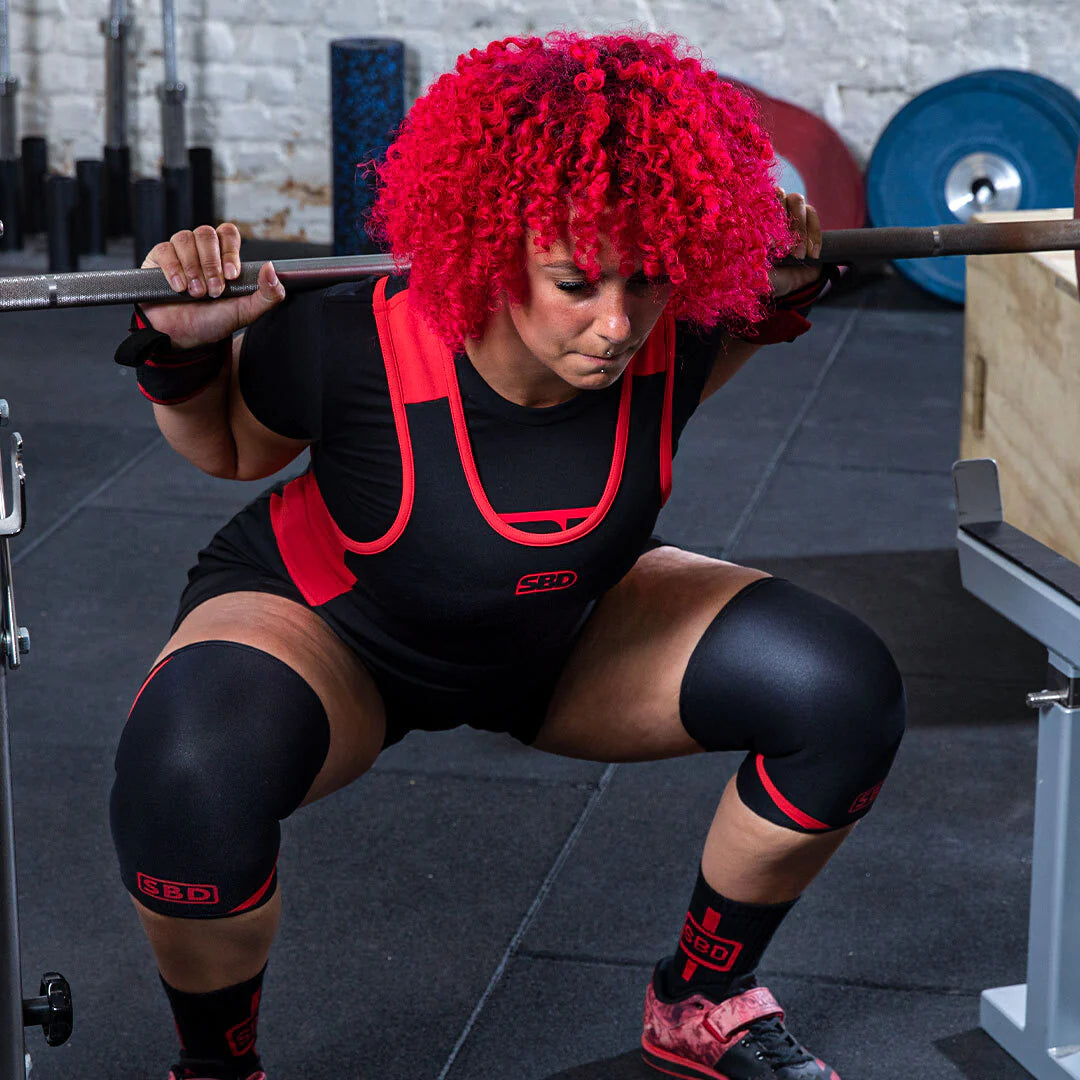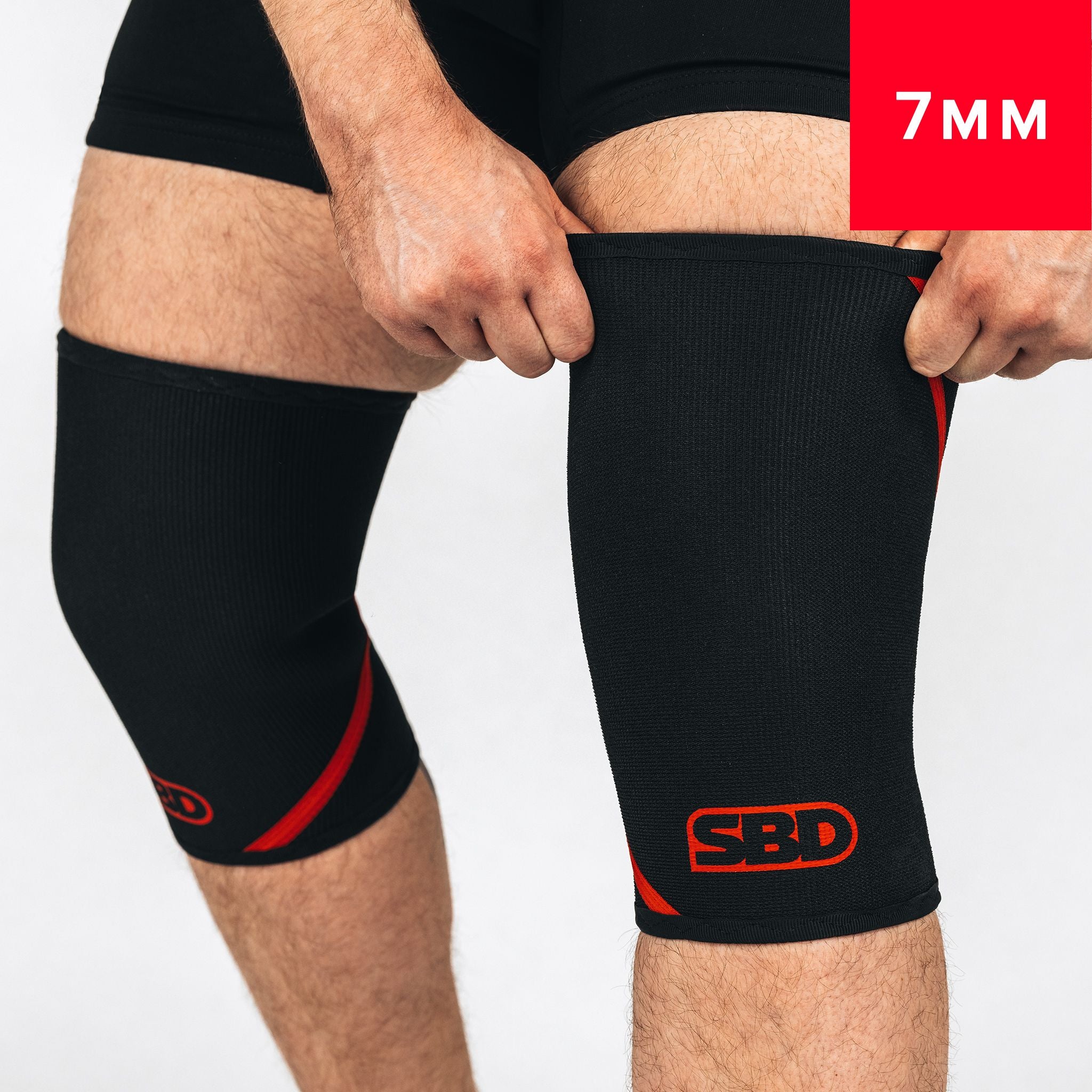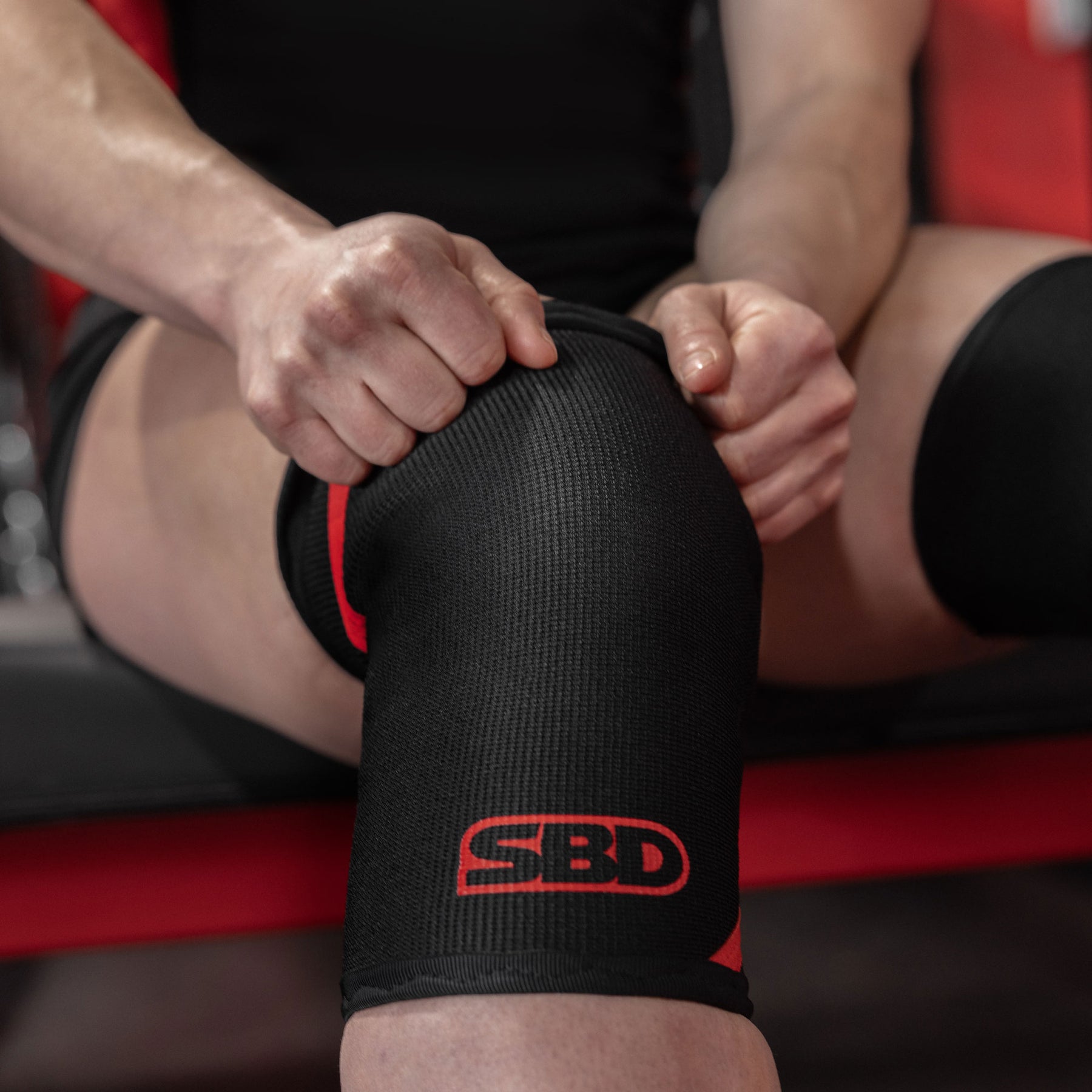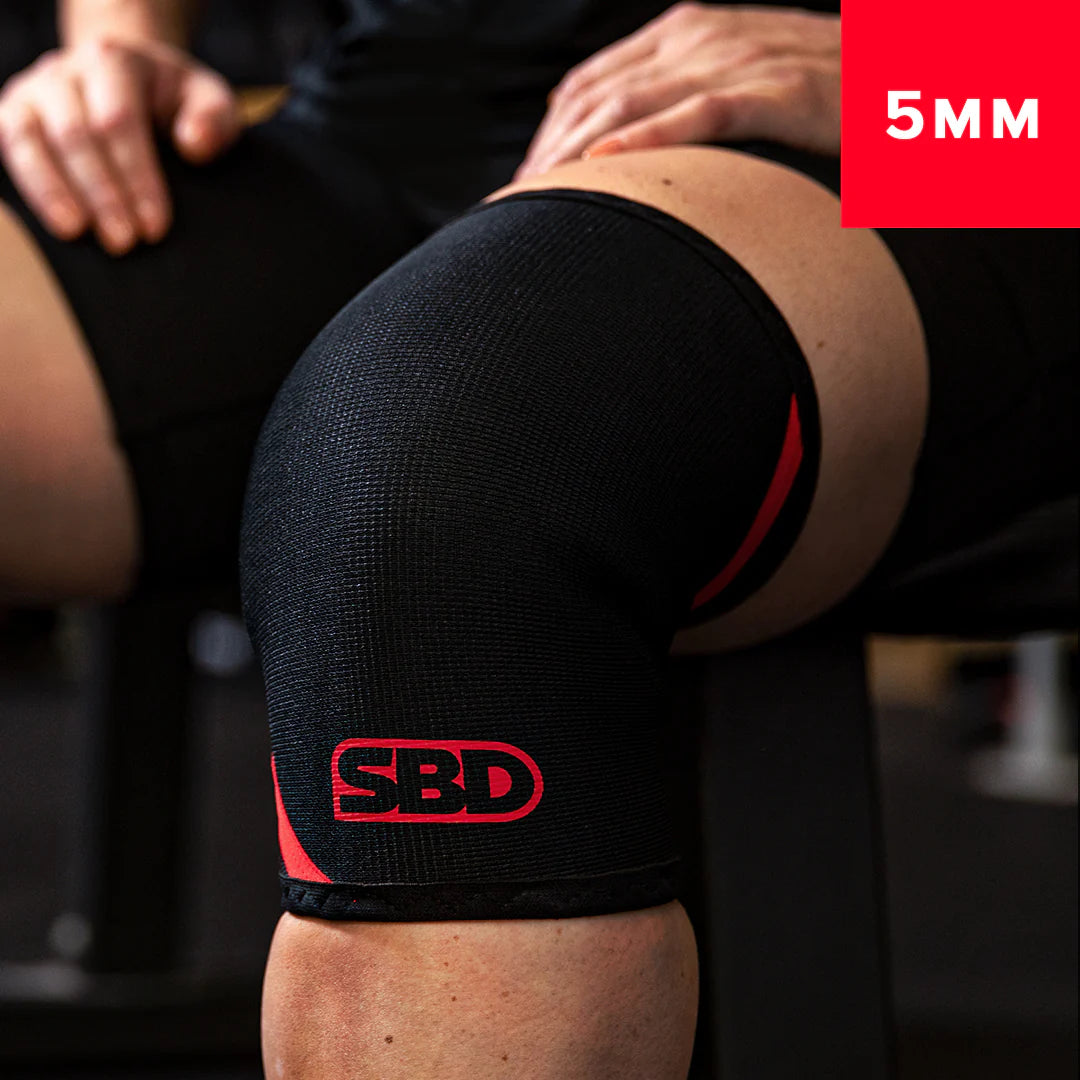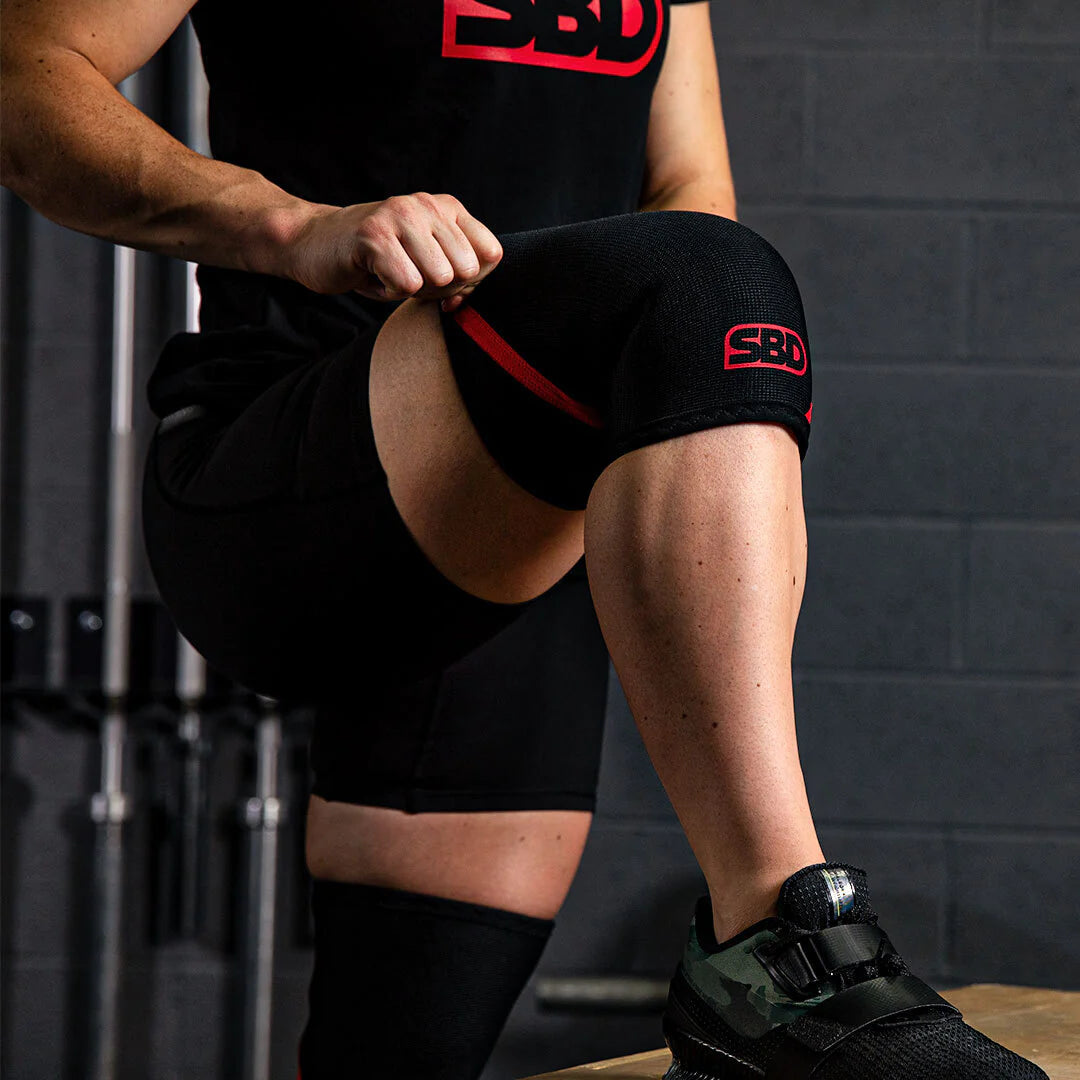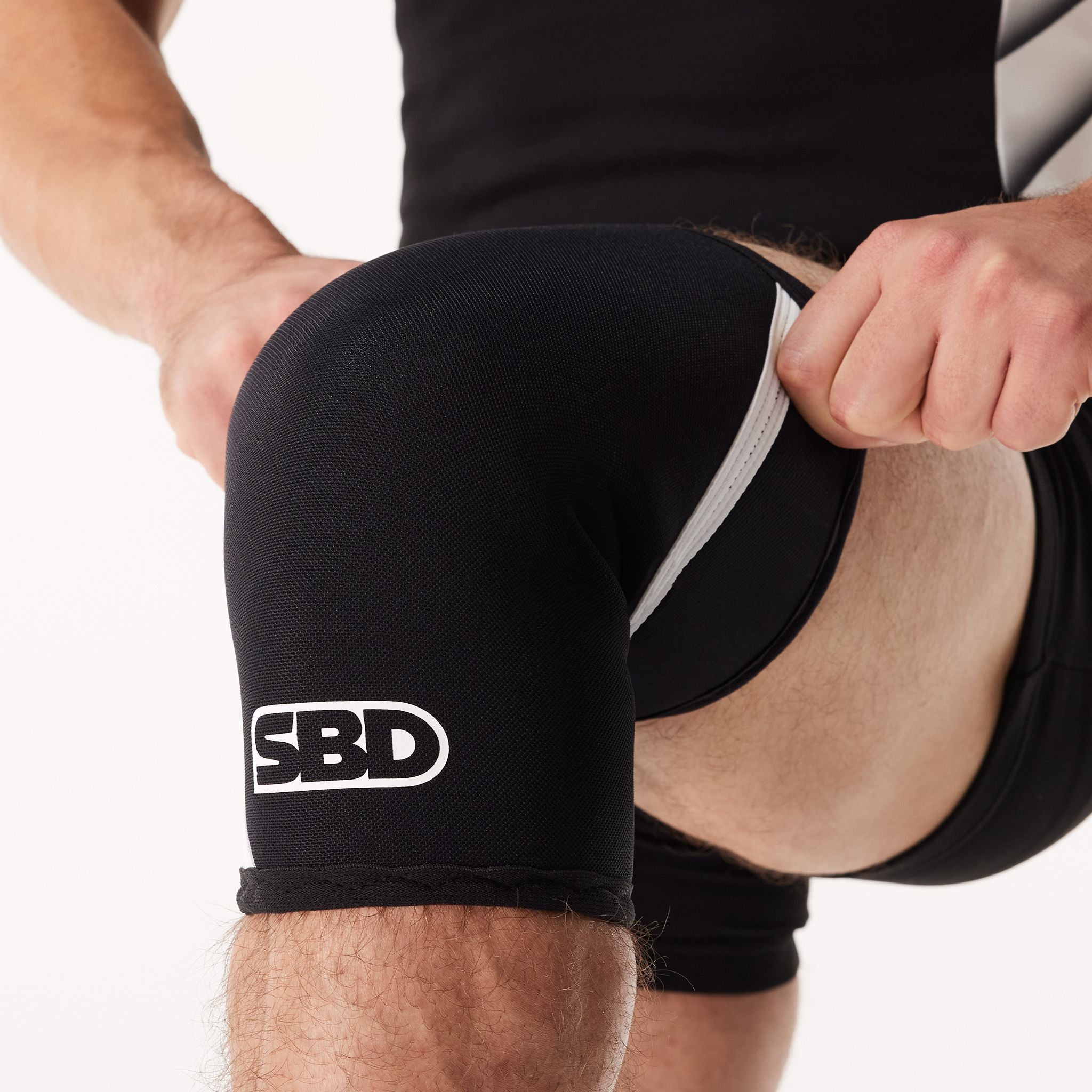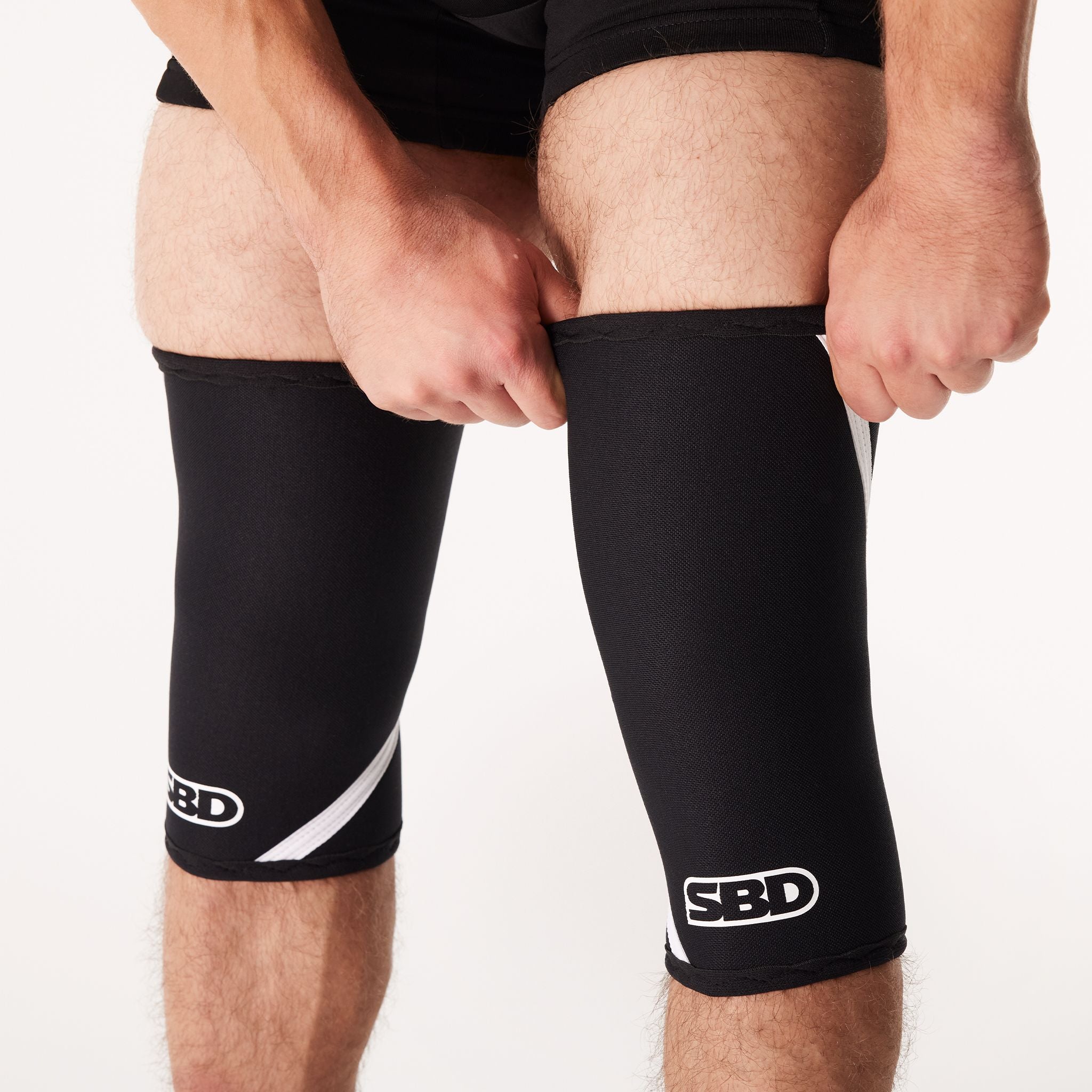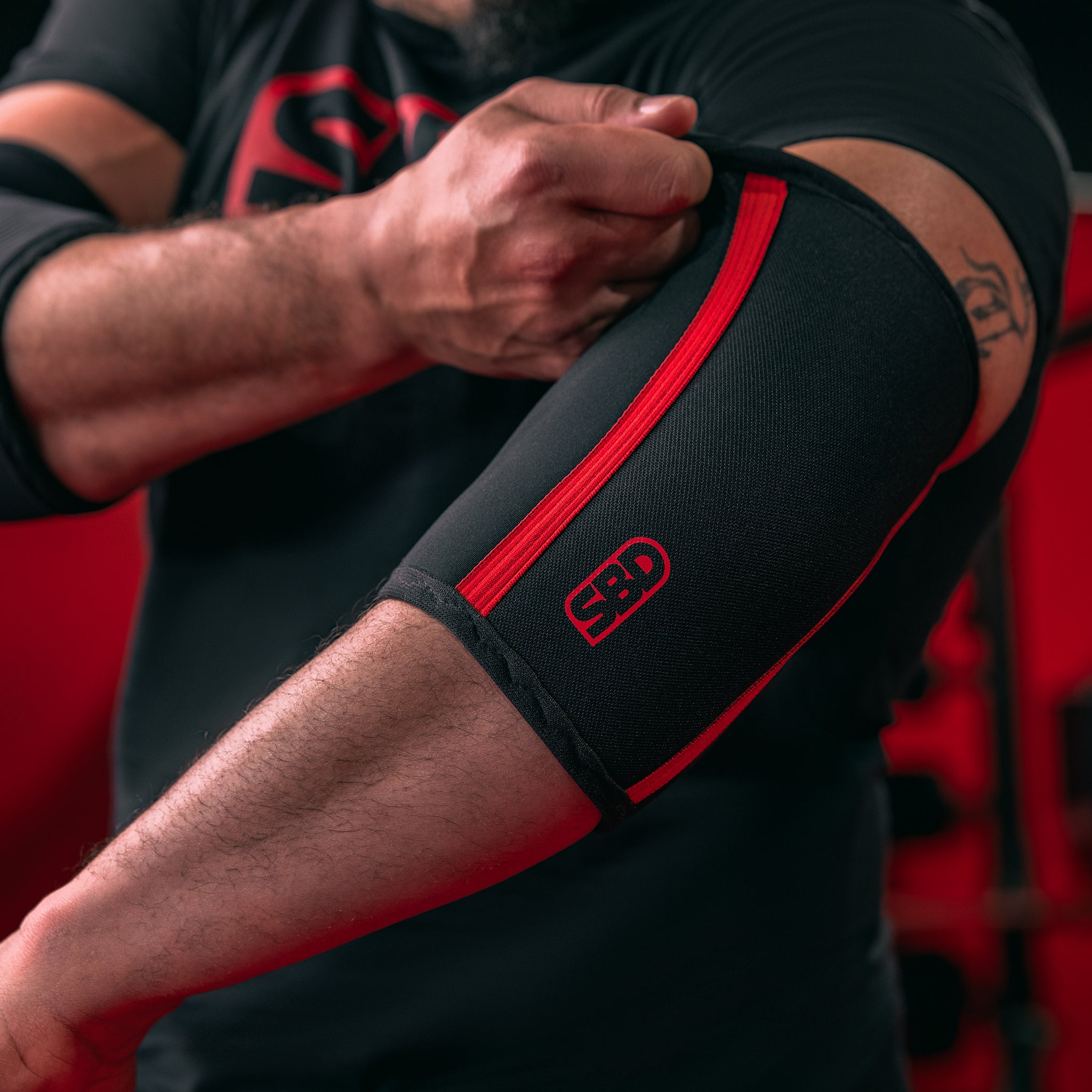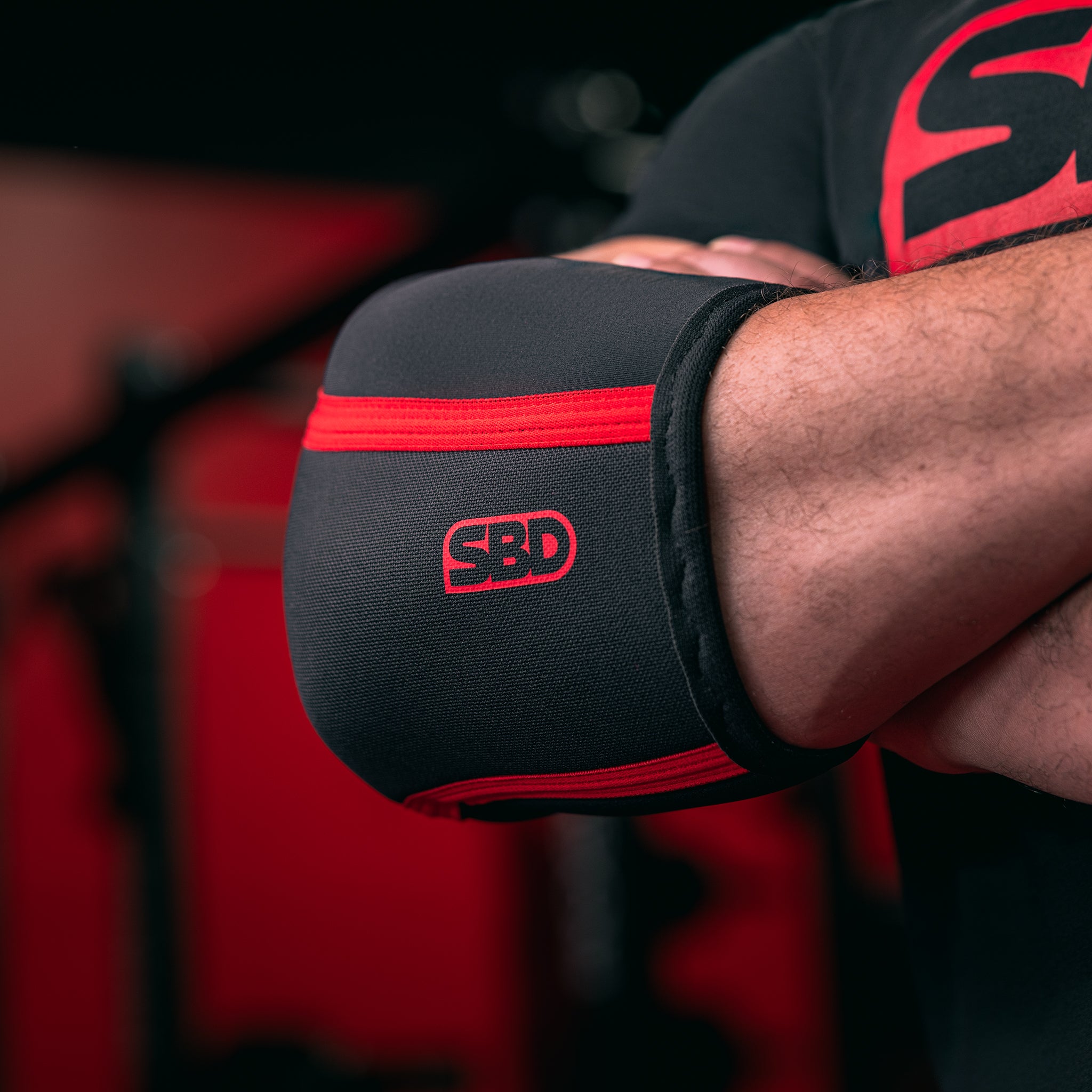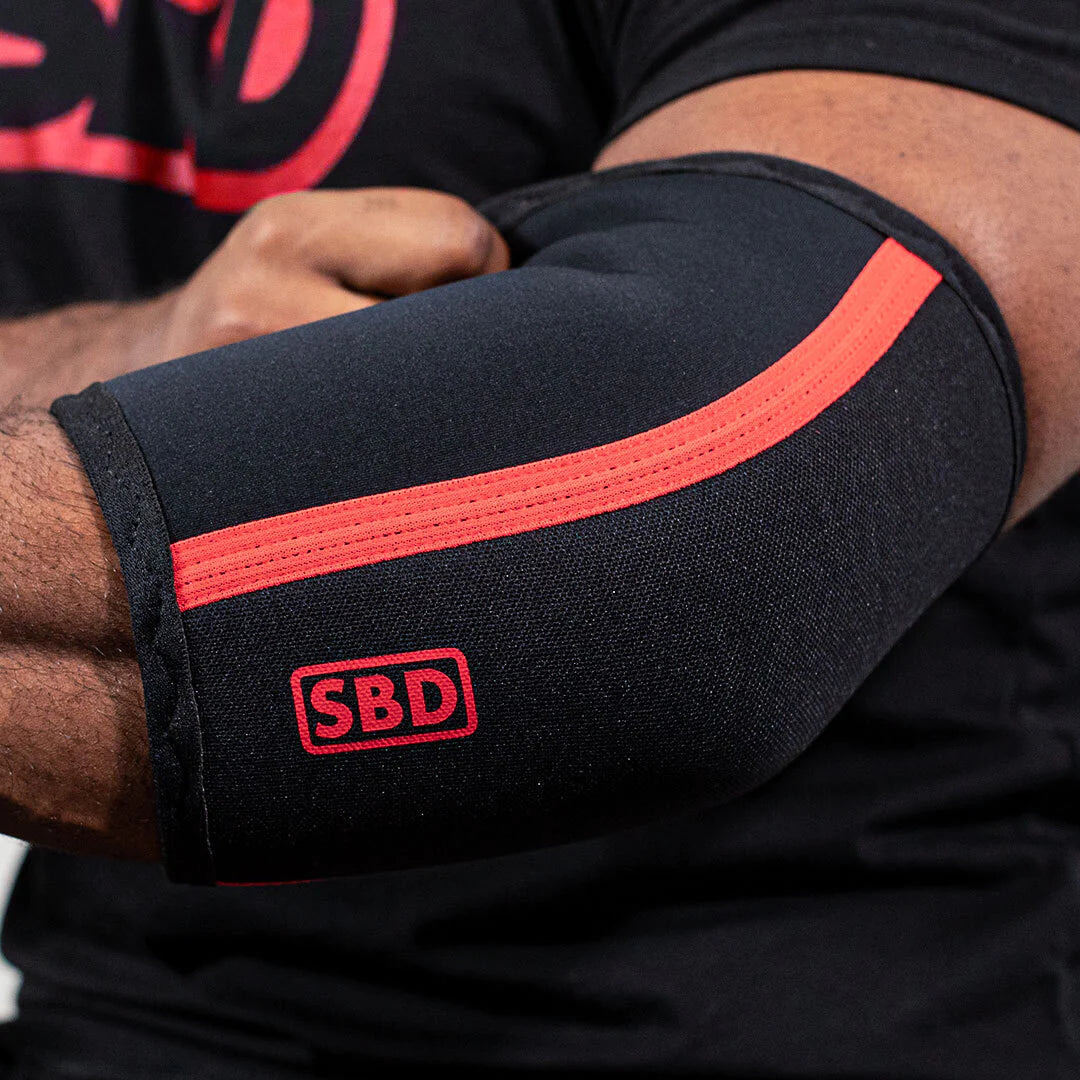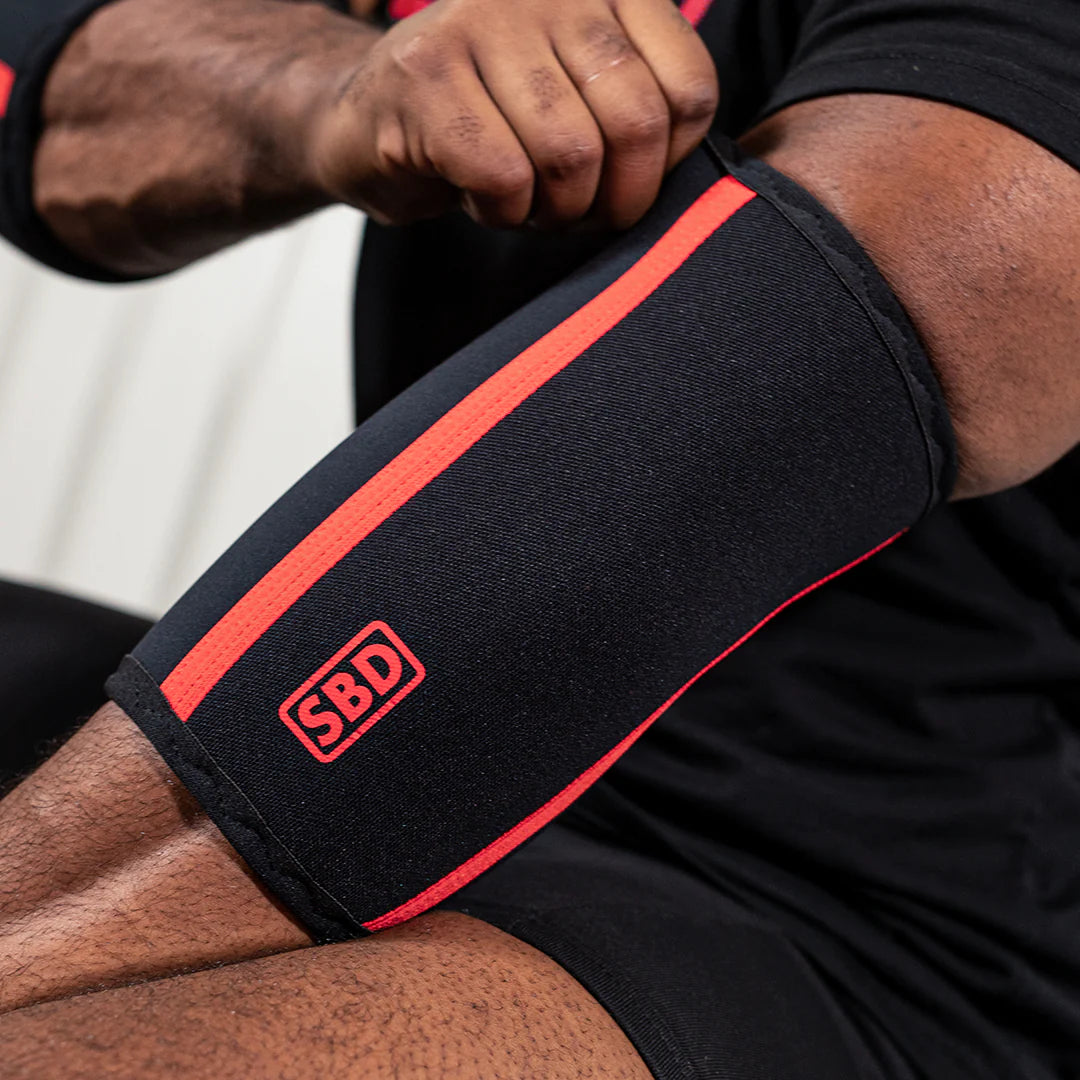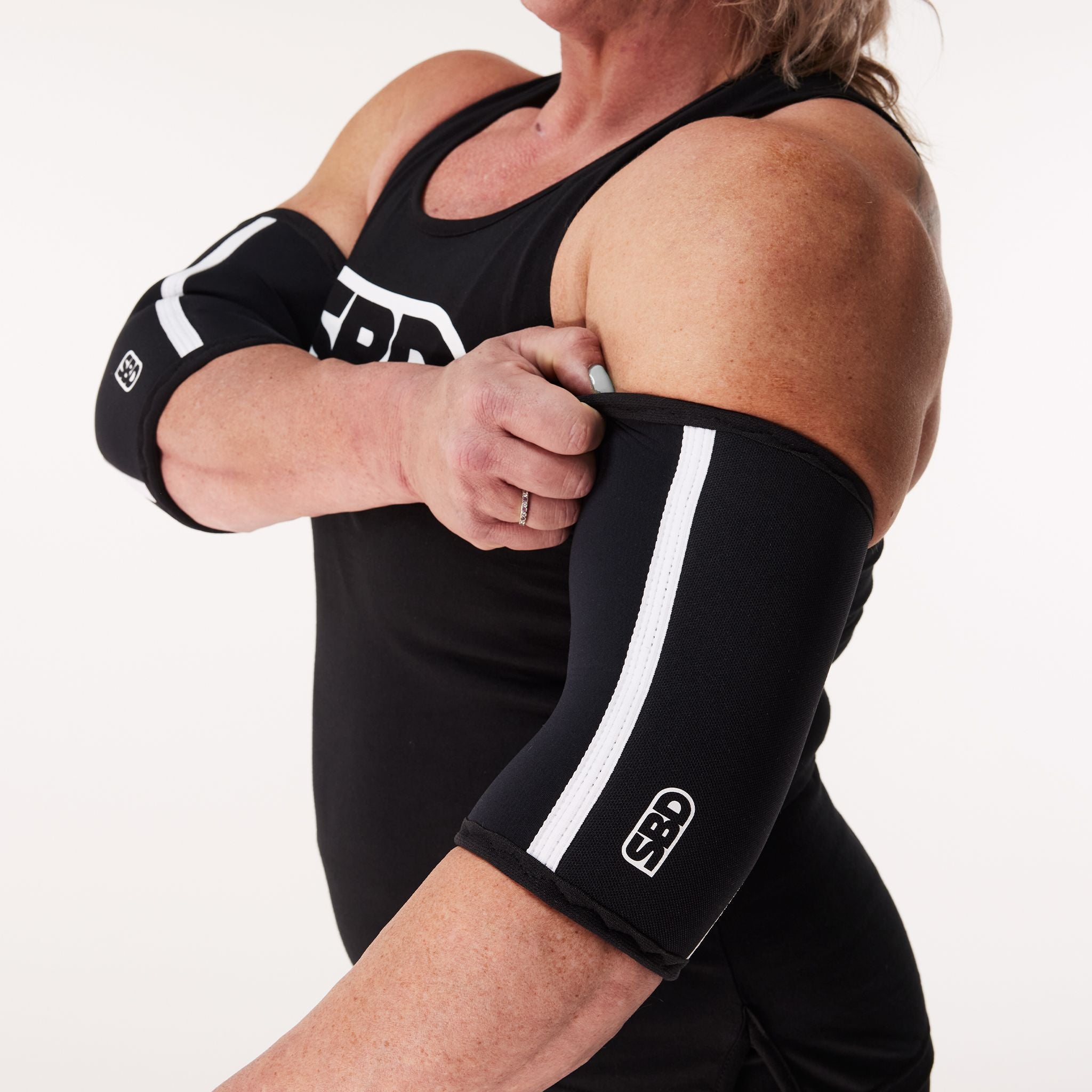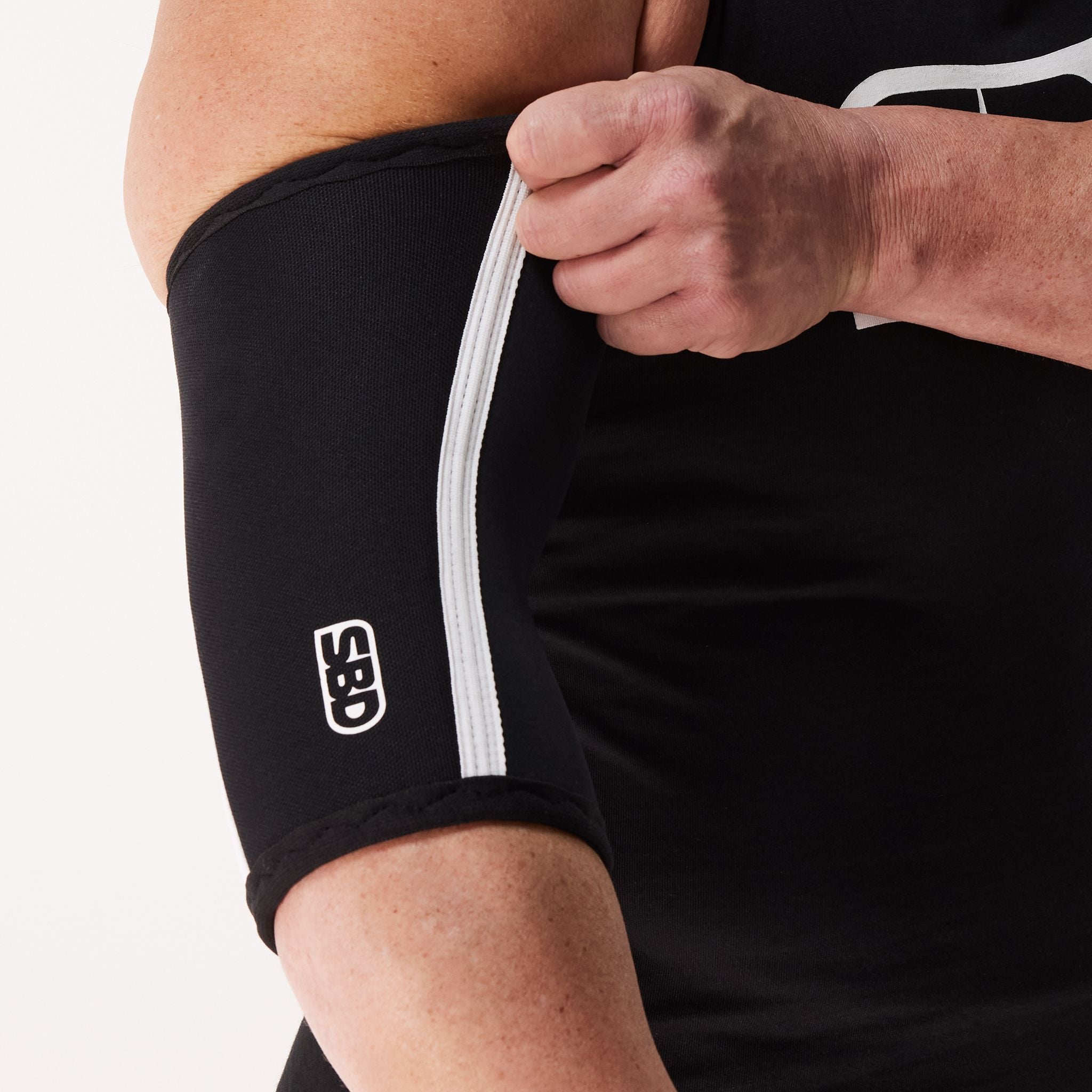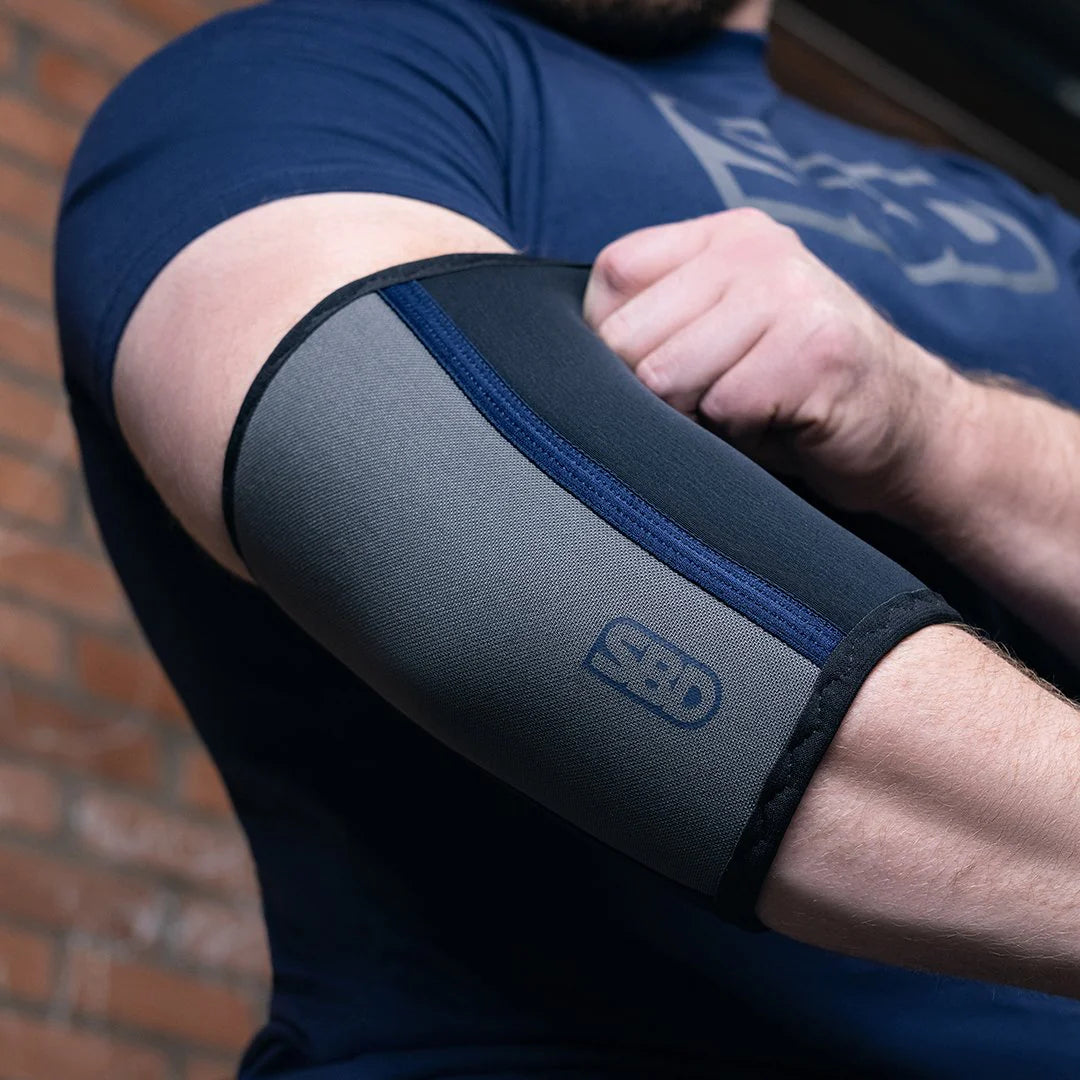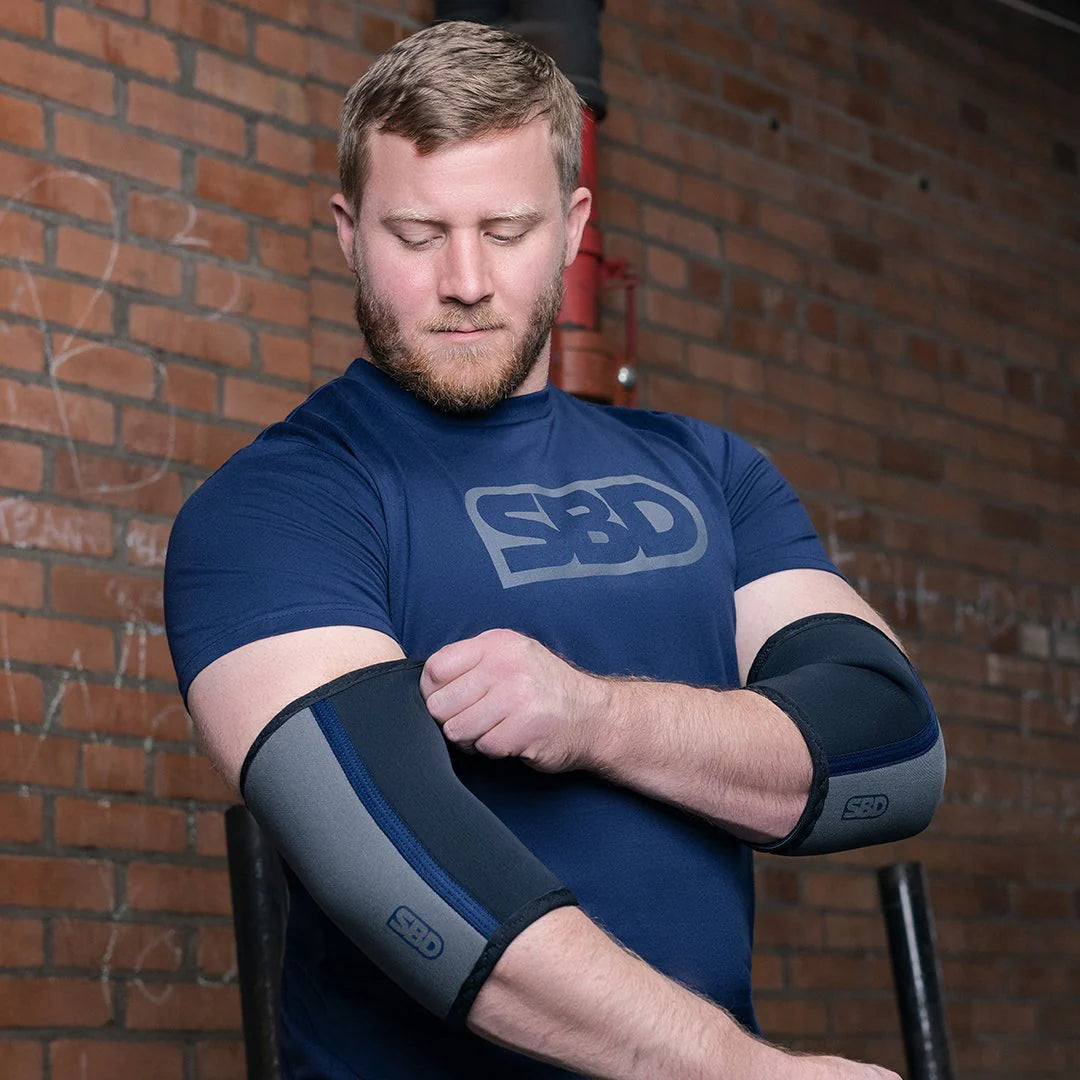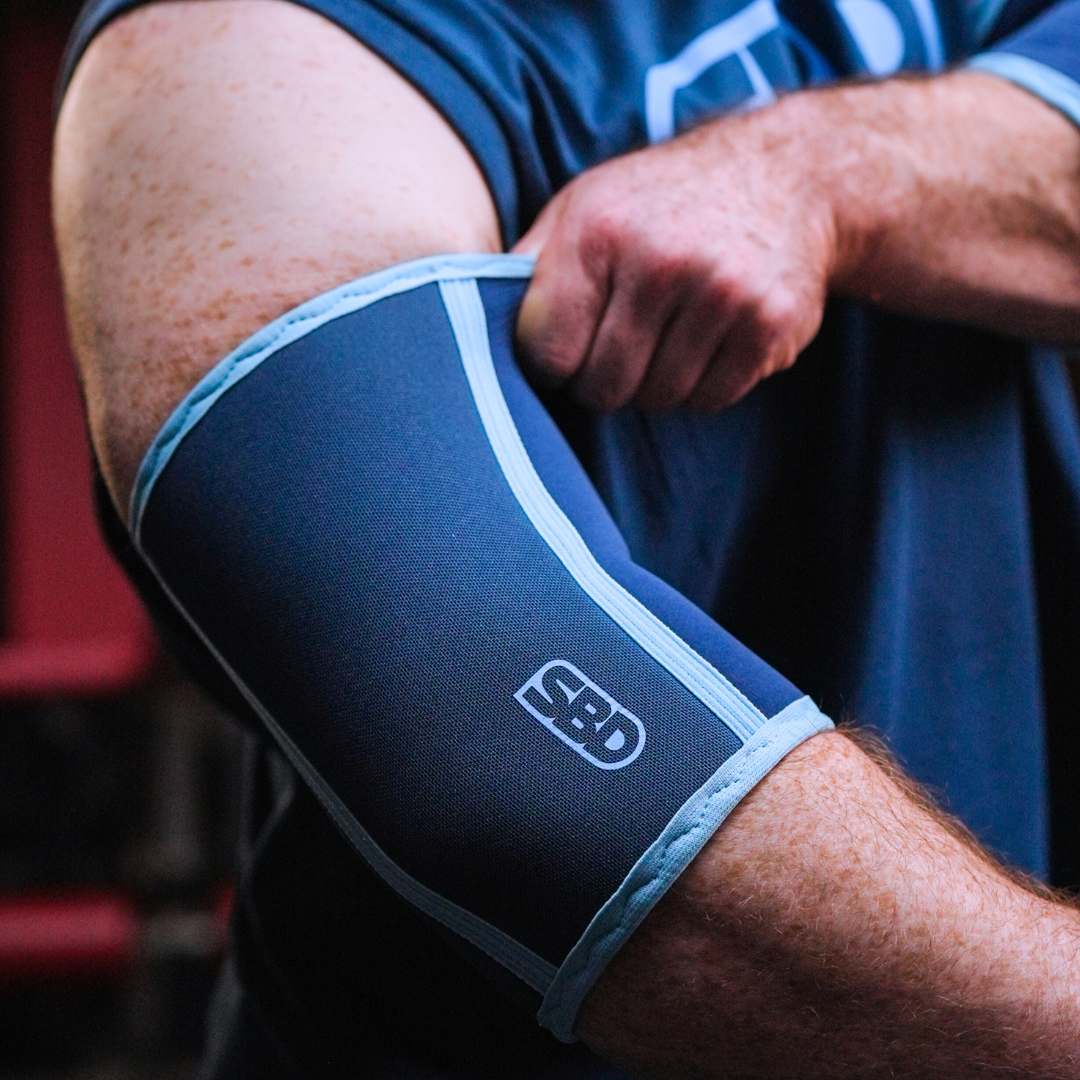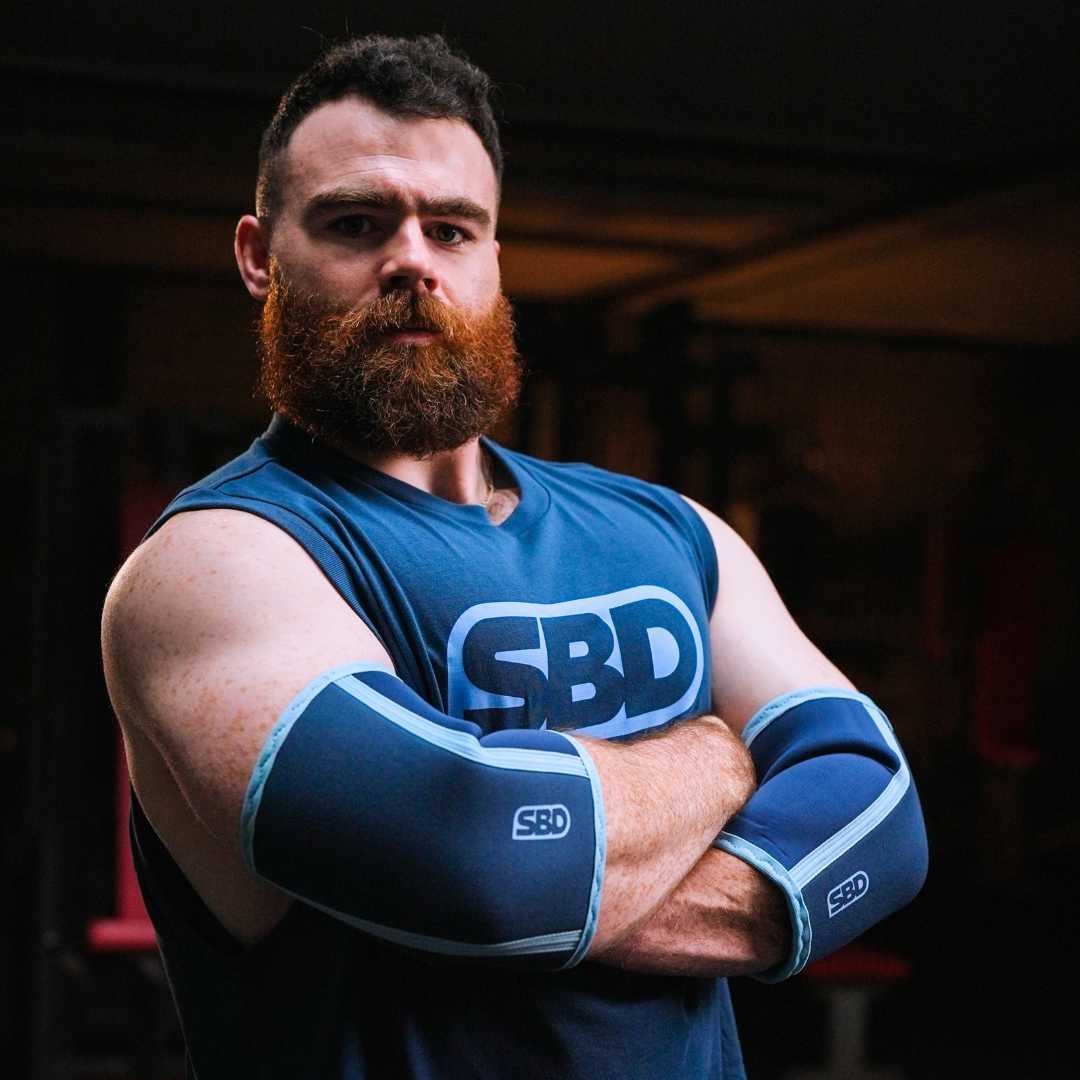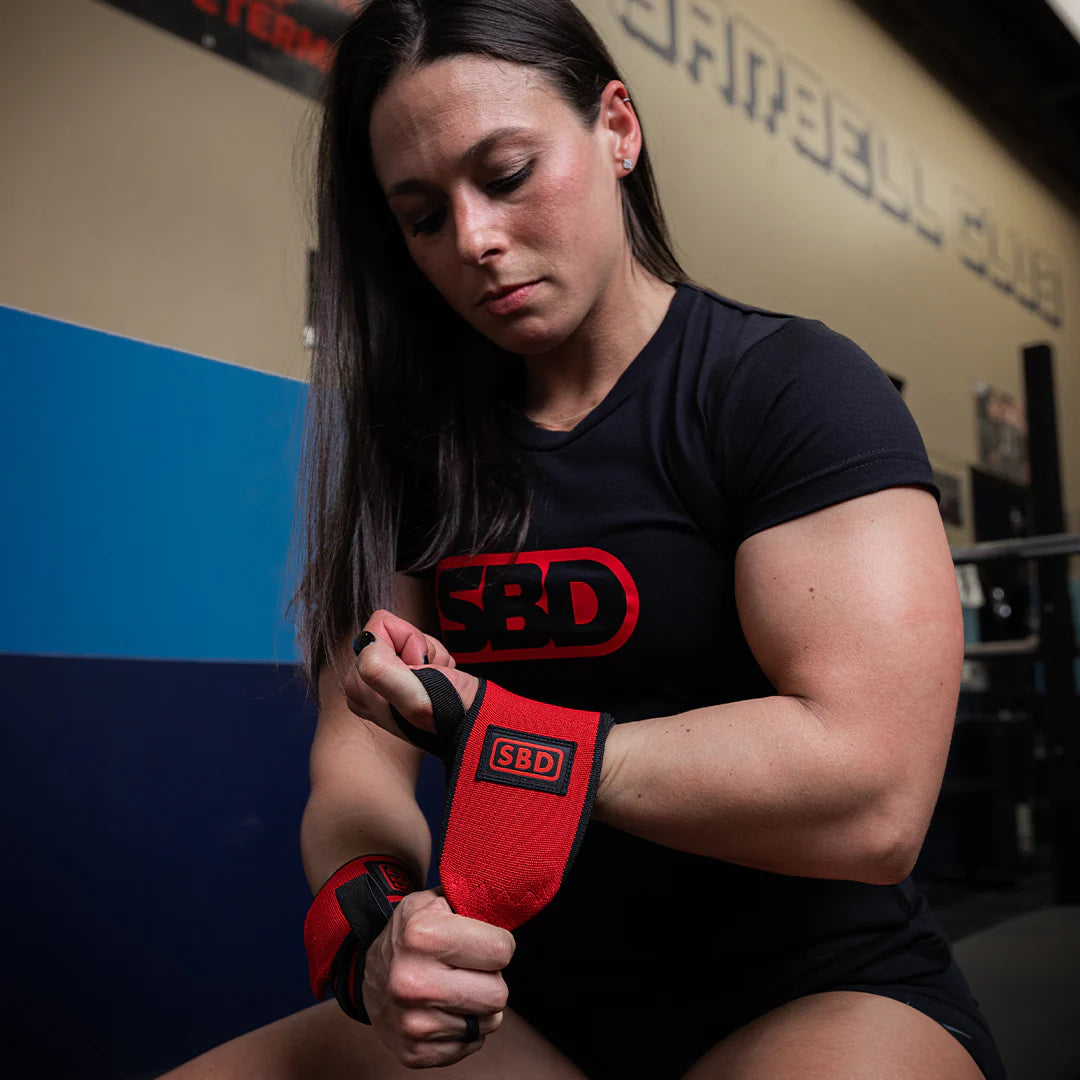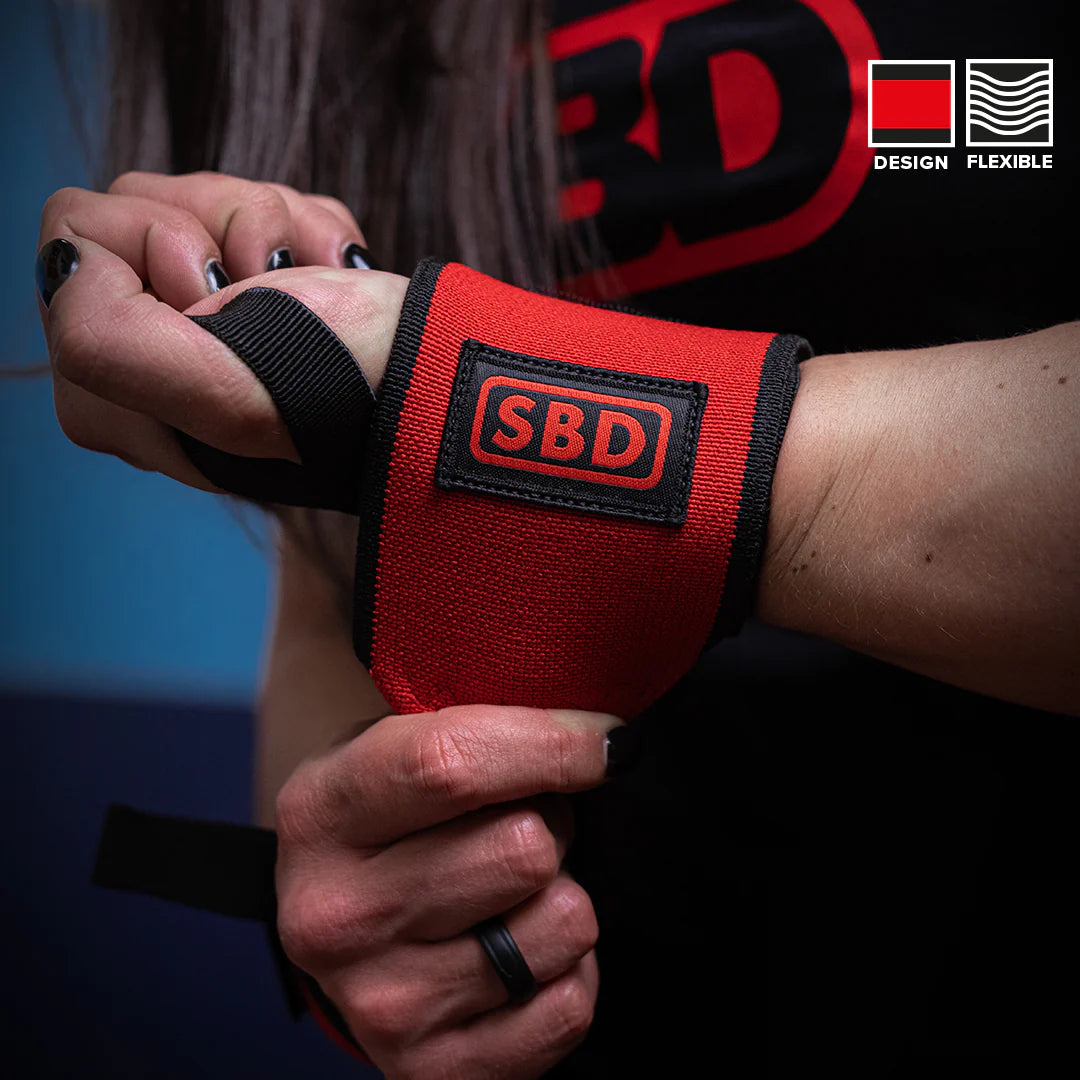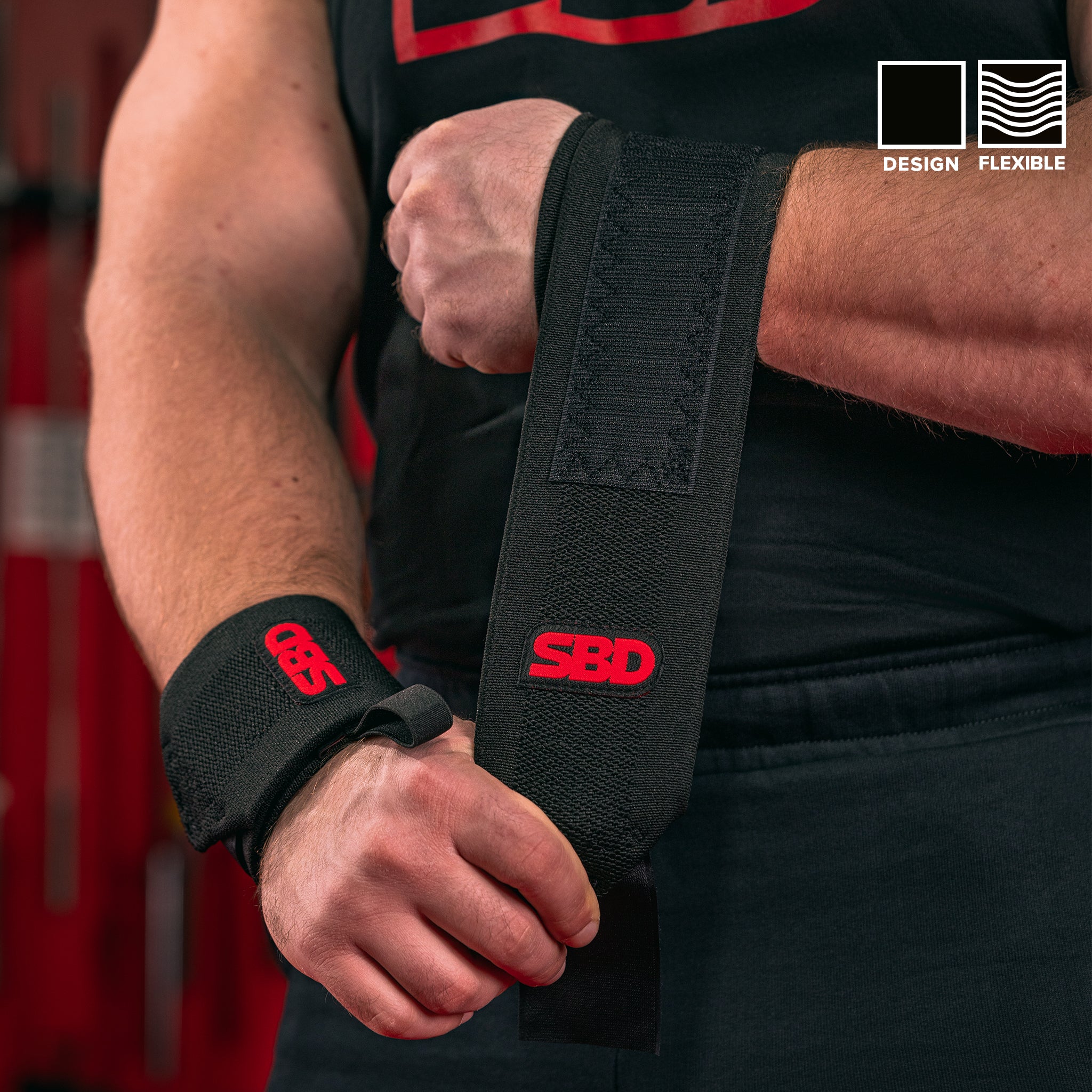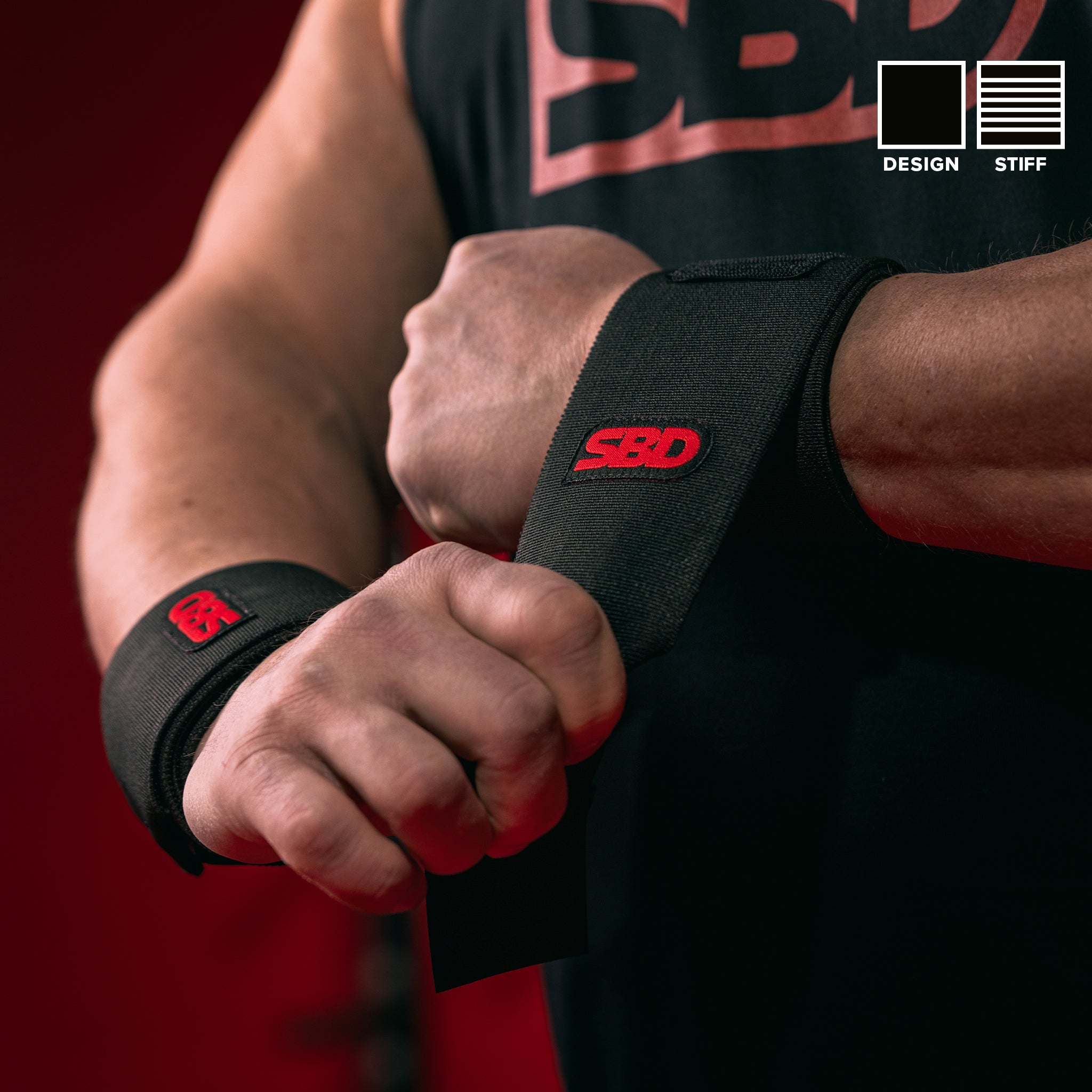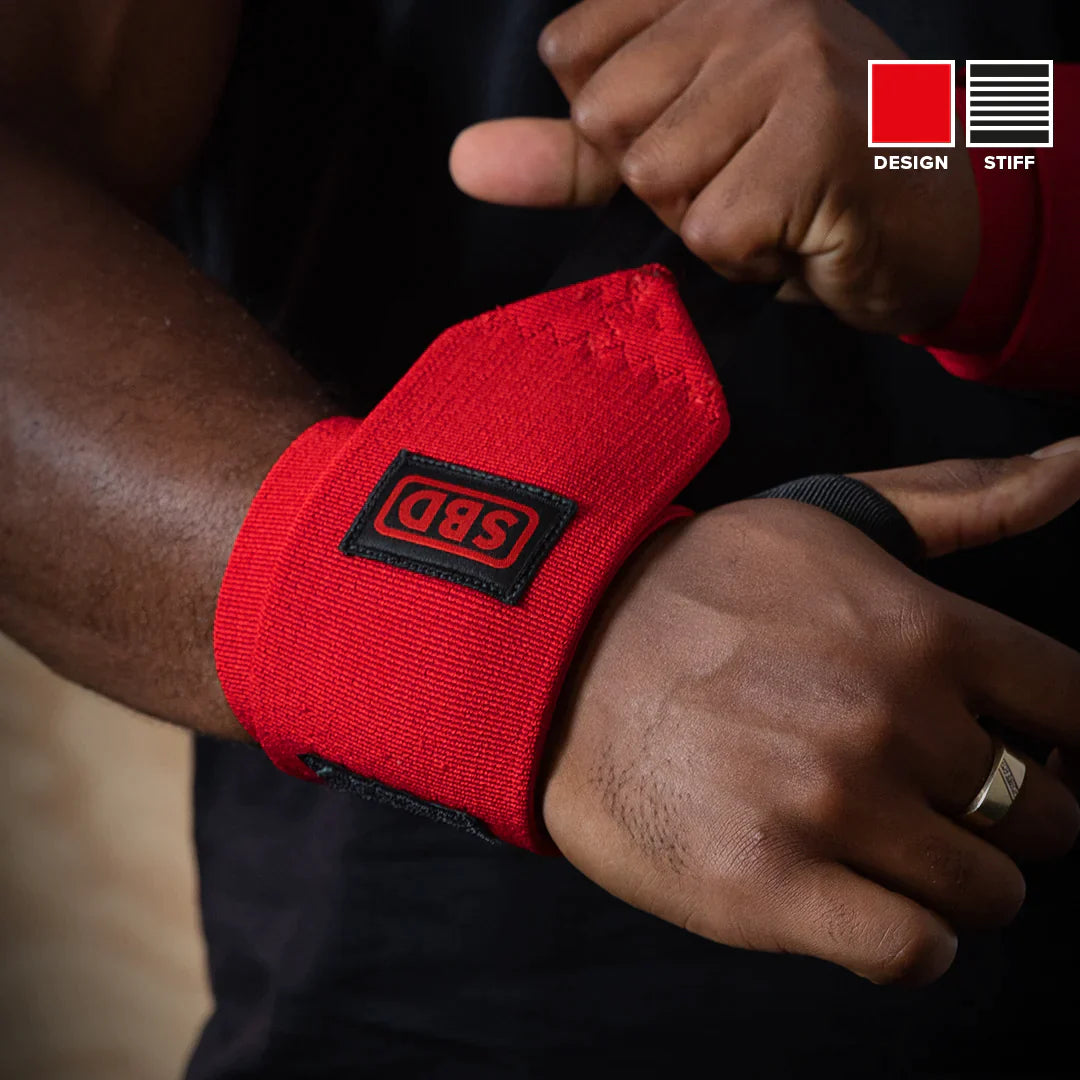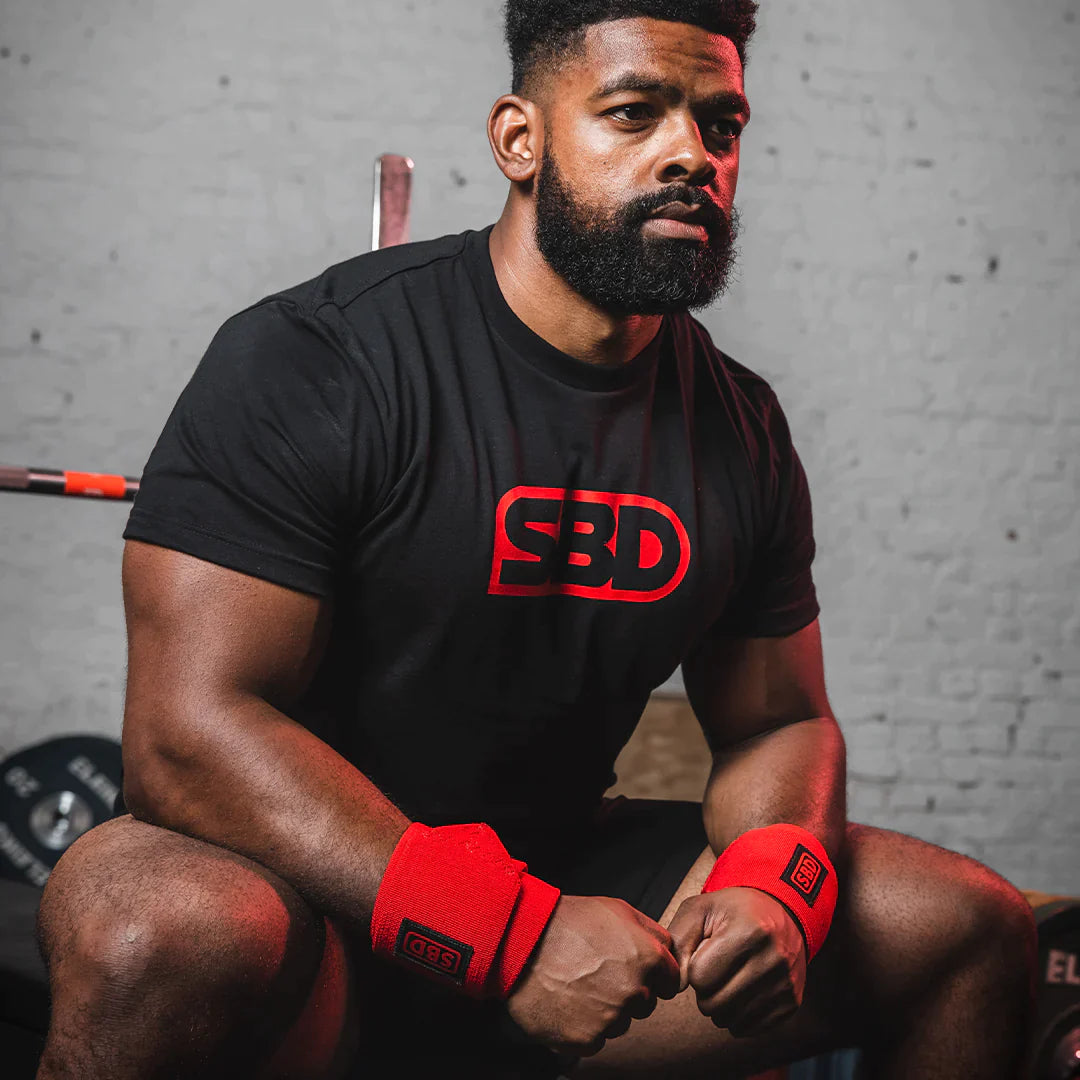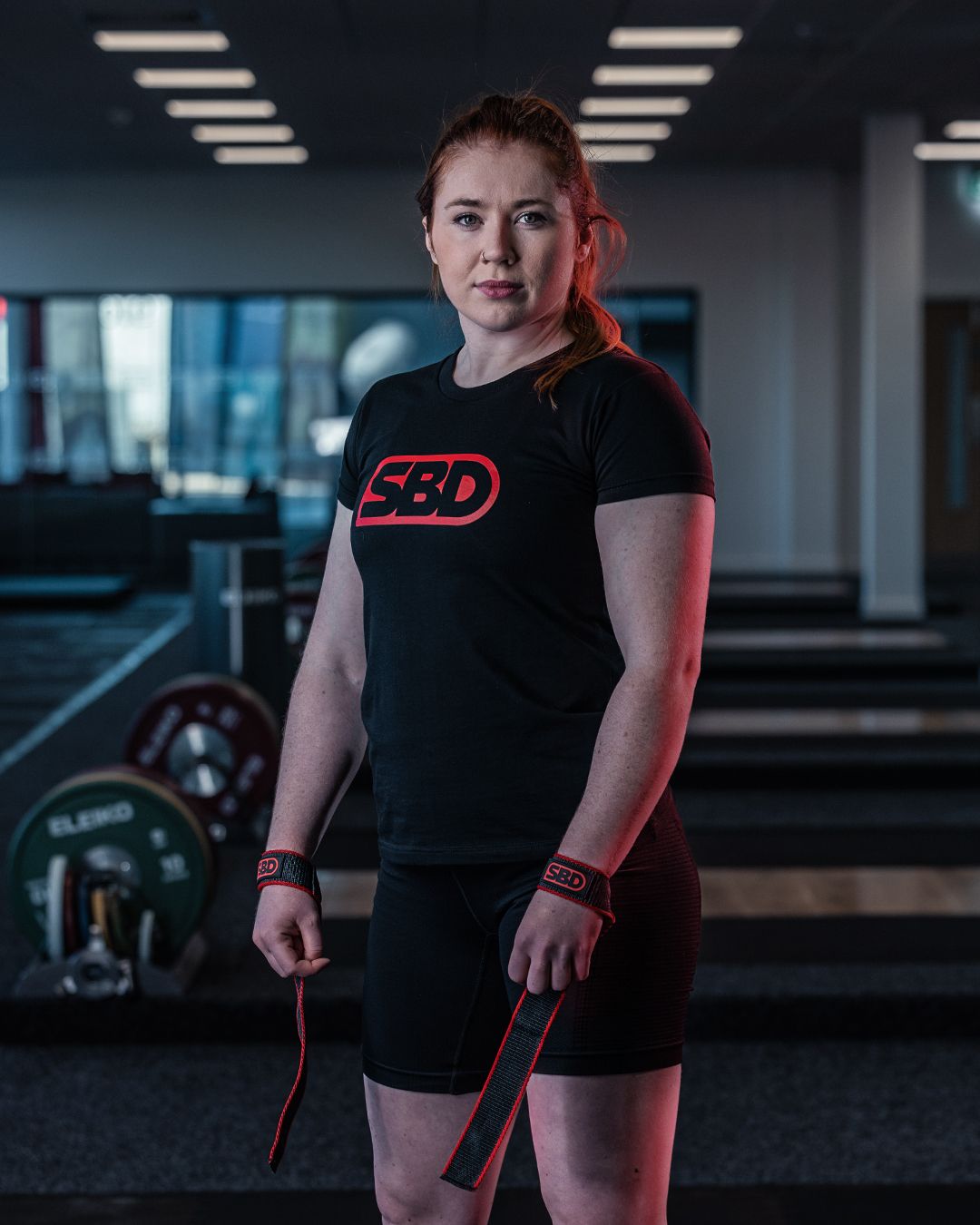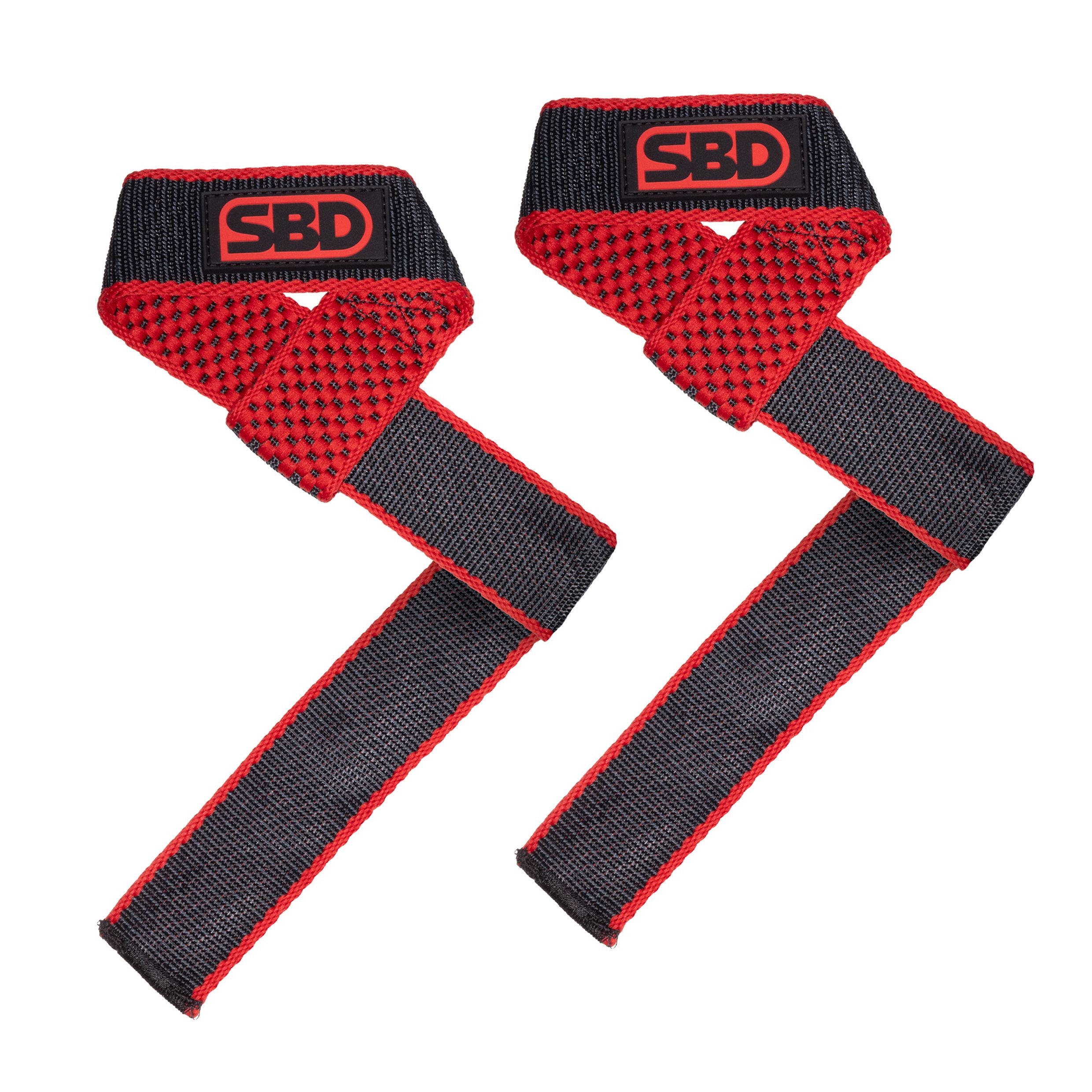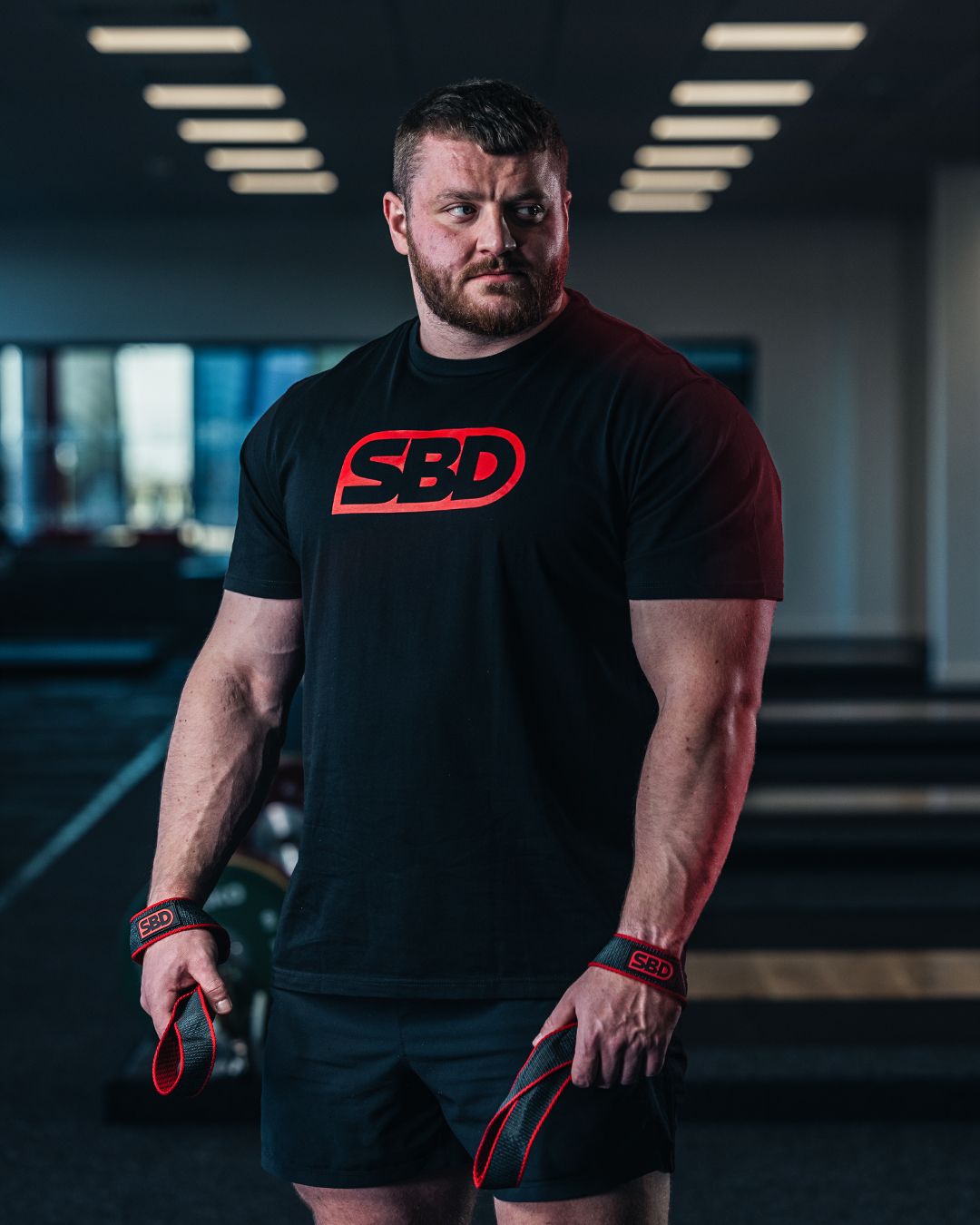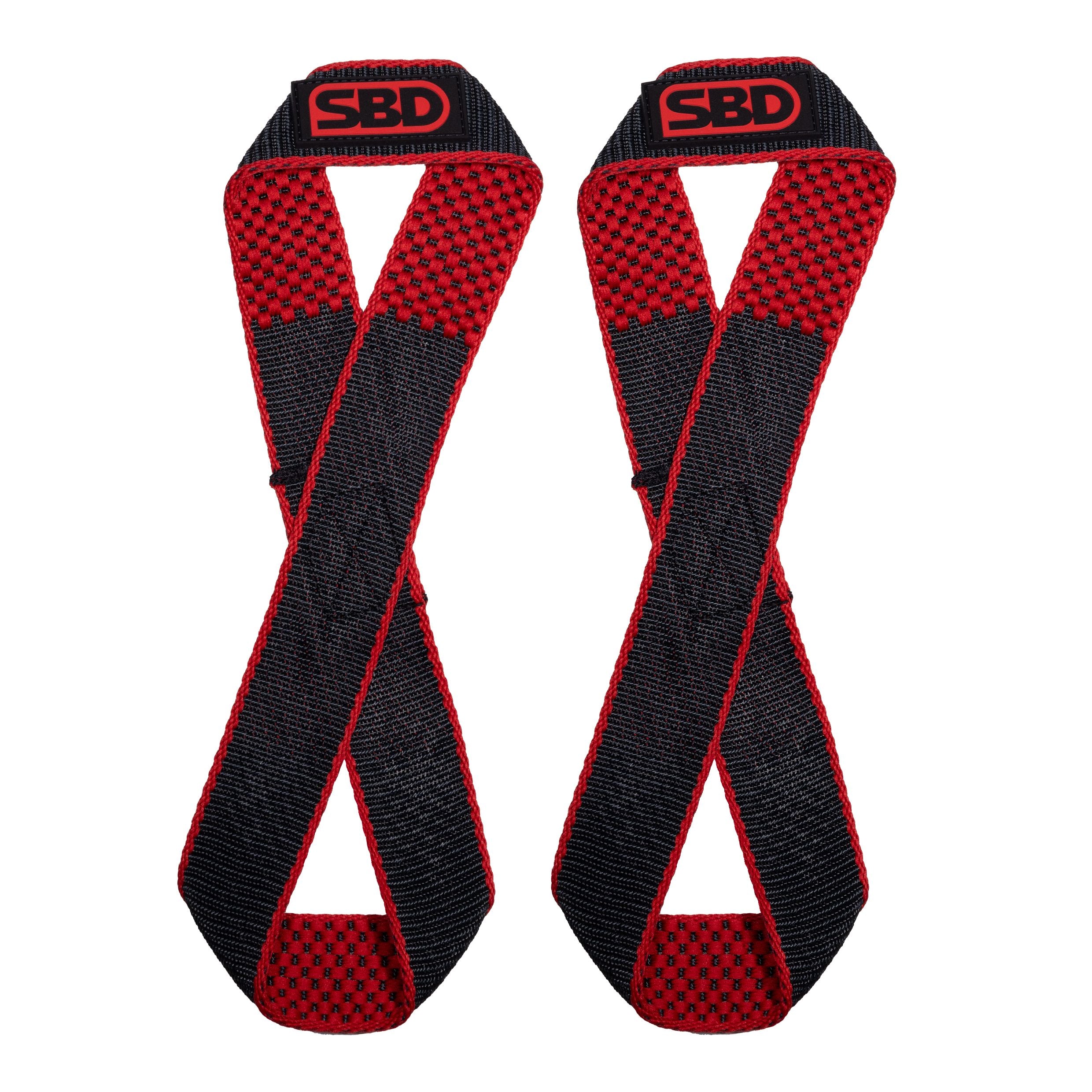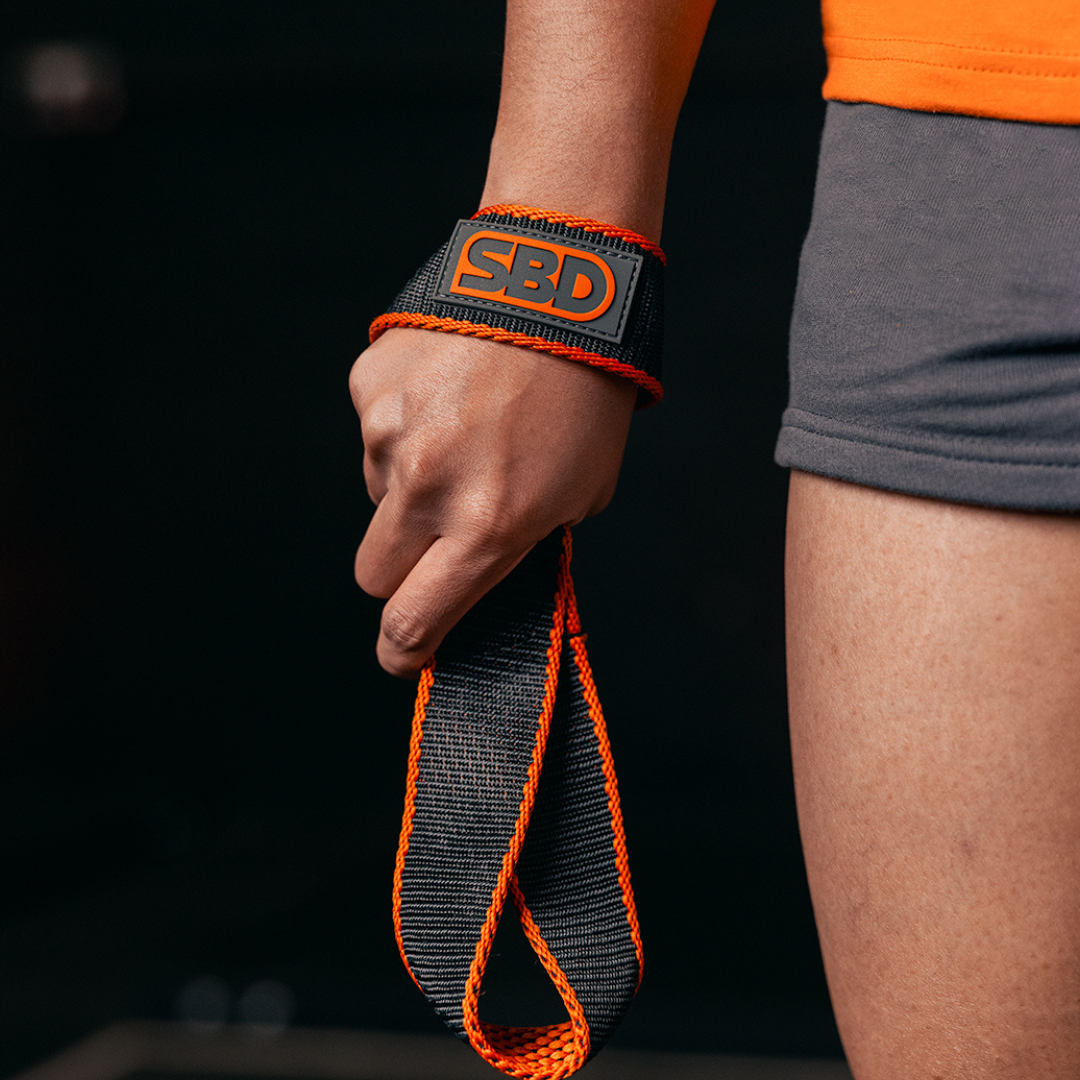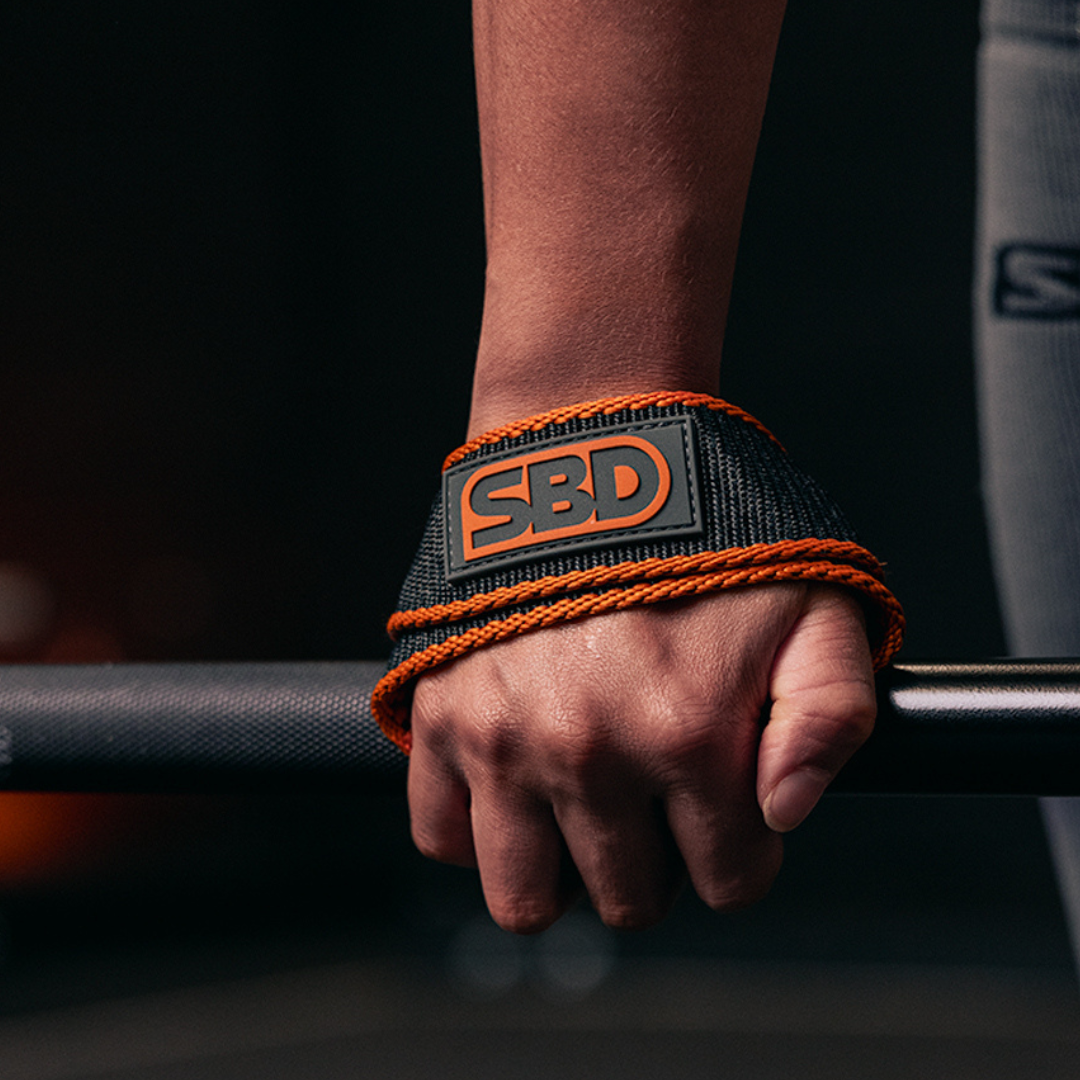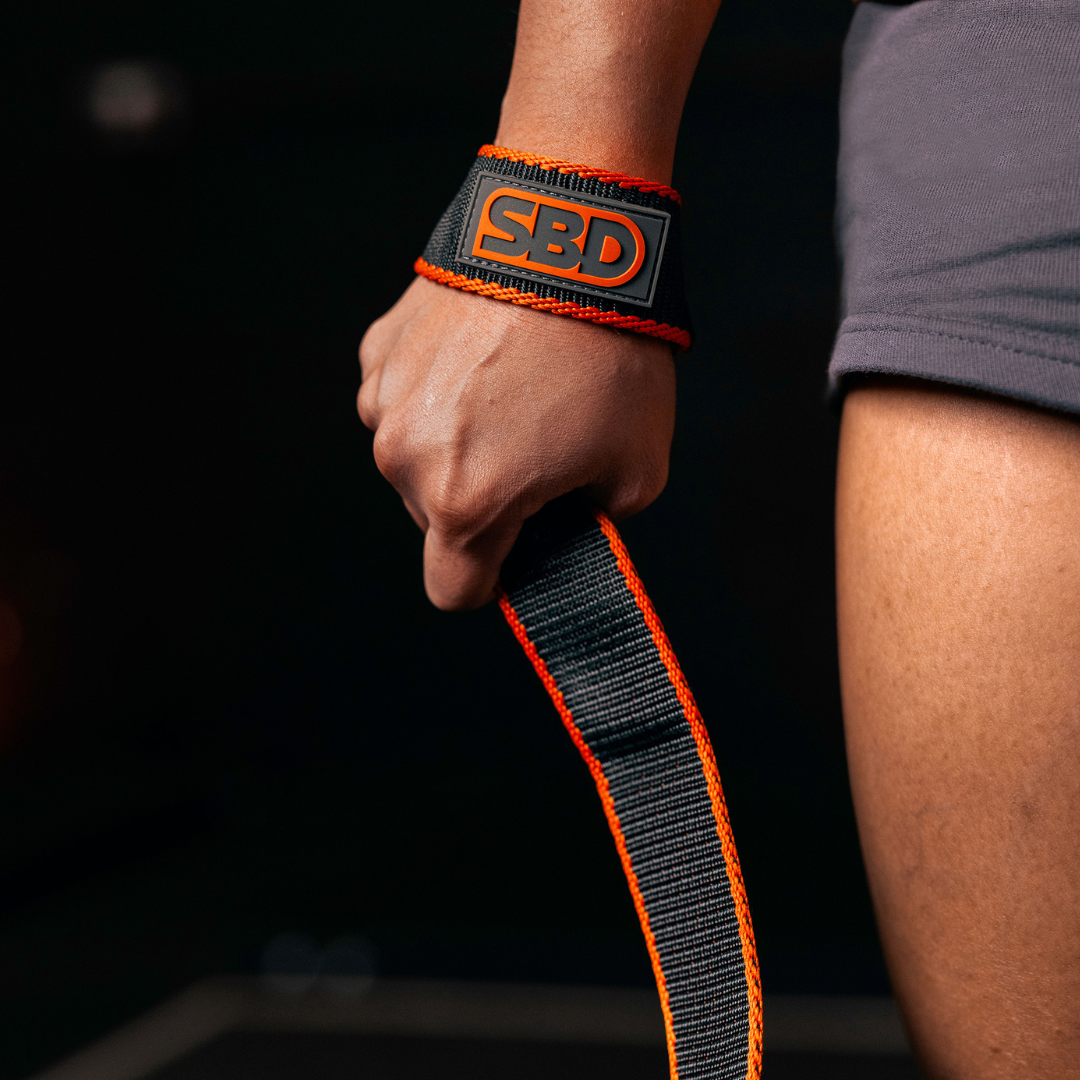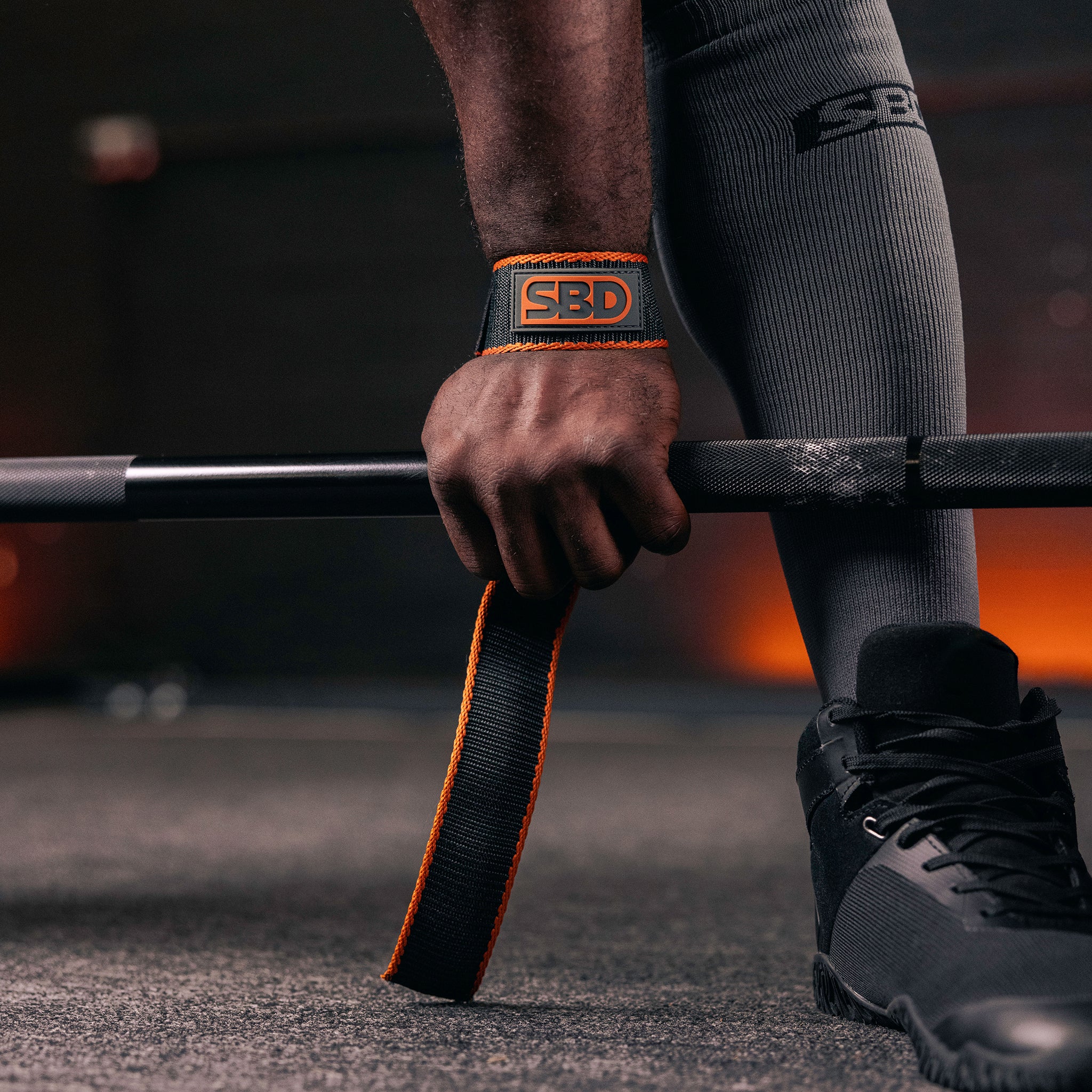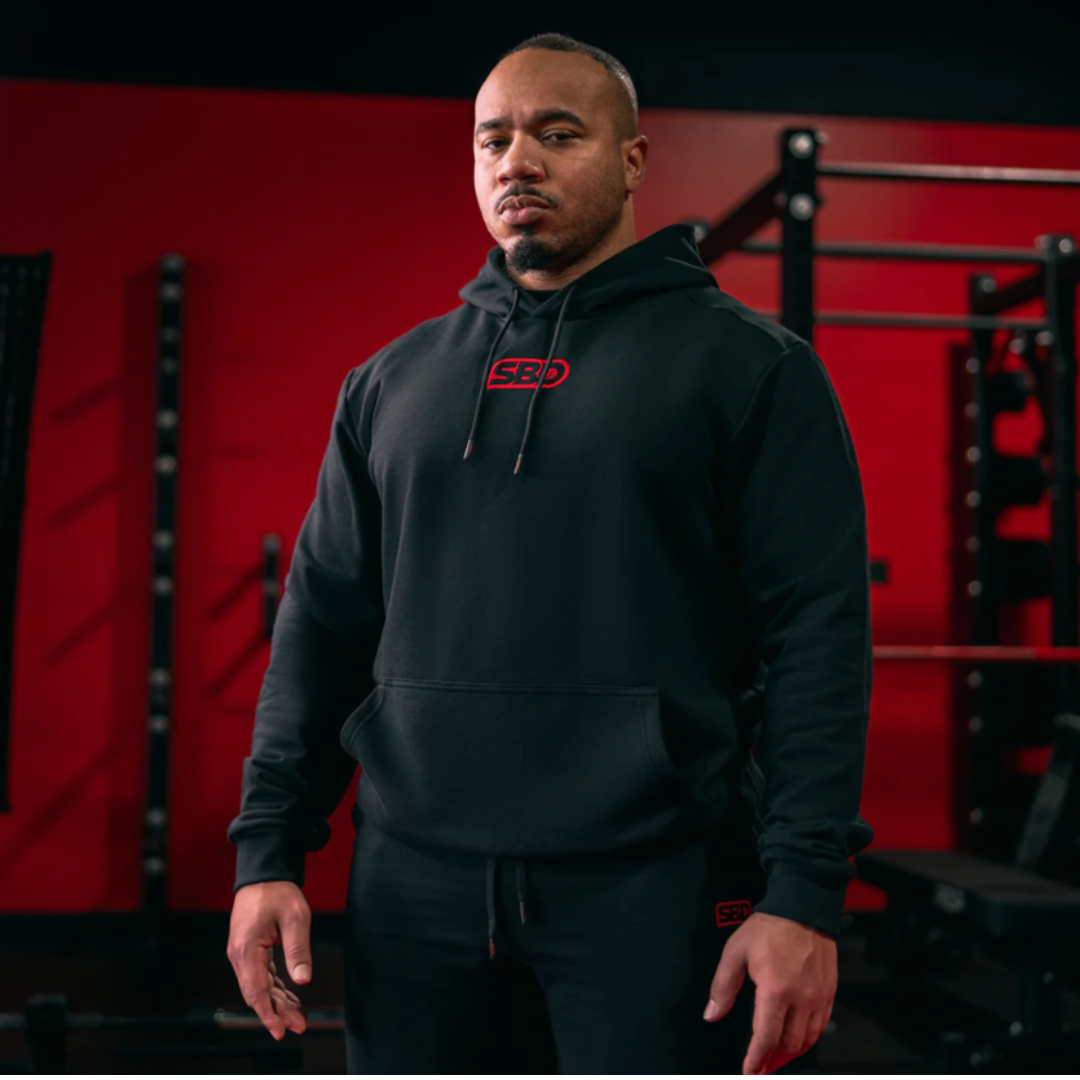Strength training is more than just lifting weights—it's the foundation of overall health, endurance, and mobility. Whether you're looking to build muscle, improve athletic performance, or simply stay active, squats and deadlifts stand out as two of the most effective exercises. But which one is truly better for your fitness journey?
Why Strength Training Is Crucial for Fitness
Strength training offers numerous benefits, from boosting bone density to enhancing metabolism. Incorporating compound movements like squats and deadlifts can maximise these advantages.
The Key Differences Between Squats and Deadlifts
While both are powerhouse exercises, squats primarily target the lower body, whereas deadlifts engage a wider range of muscles, including the back and core. Let’s explore how they work.
The Mechanics: How Squats and Deadlifts Work
Squats: Muscles Worked and Benefits
Squats primarily target the quadriceps, hamstrings, and glutes. They also engage the core, calves, and lower back. Proper form is essential to avoid injury and maximise results.
Deadlifts: Muscles Worked and Benefits
Deadlifts are a total-body exercise, activating the hamstrings, glutes, spinal erectors, and traps. They also significantly challenge grip strength and core stability.
Comparing Biomechanics: Range of Motion and Joint Involvement
Squats rely heavily on knee and hip flexion, while deadlifts focus on hip extension and posterior chain engagement.
The Benefits of Squats
Squats for Lower-Body Strength
Squats are unmatched for building powerful legs and glutes, making them a staple for athletes and fitness enthusiasts alike.
Improving Posture with Squats
By strengthening the core and lower back, squats contribute to better posture and spinal alignment.
Squats for Athletic Performance
Athletes often rely on squats to improve sprinting speed, jumping ability, and overall explosiveness.
The Benefits of Deadlifts
Deadlifts for Full-Body Strength
Deadlifts activate nearly every major muscle group, offering a comprehensive strength-building solution.
Enhancing Core Stability Through Deadlifts
A strong core is crucial for overall fitness, and deadlifts are one of the best exercises for core engagement.
Deadlifts and Back Health: Myth vs. Reality
Despite misconceptions, deadlifts can improve back strength when performed correctly, reducing the risk of injury.
Choosing the Right Exercise for Your Goals
When to Prioritise Squats Over Deadlifts
Squats are ideal for athletes focused on lower-body strength, endurance, and explosiveness.
Scenarios Where Deadlifts Are More Beneficial
Deadlifts are better suited for those aiming to improve full-body strength and functional movement patterns.
Balancing Both Exercises for Optimal Gains
For most lifters, incorporating both exercises into a training program ensures balanced development.
Common Mistakes and How to Avoid Them
Squat Mistakes to Watch Out For
- Allowing knees to cave inward.
- Improper depth (not going low enough).
- Neglecting core engagement.
Deadlift Errors That Can Lead to Injury
- Rounding the lower back.
- Using excessive weight too soon.
- Neglecting proper warm-up routines.
FAQs
Are Squats or Deadlifts Better for Beginners?
Both exercises are suitable, but beginners may find squats easier to learn due to their simplicity.
Can I Do Both Squats and Deadlifts in the Same Workout?
Yes, but ensure adequate rest between exercises to maintain form and prevent fatigue.
What Are the Risks of Performing Squats or Deadlifts Incorrectly?
Improper form can lead to injuries such as lower back strain or knee pain.
Which Exercise Burns More Calories: Squats or Deadlifts?
Deadlifts typically burn more calories due to their full-body engagement.
Do Squats or Deadlifts Build Muscle Faster?
Both are effective, but deadlifts may offer faster overall muscle gains due to their larger range of activation.
Can You Replace Squats with Deadlifts?
While both exercises complement each other, neither can fully replace the other.
Conclusion: The Verdict on Squats vs. Deadlifts
Squats and deadlifts each have unique benefits, making them indispensable for strength training. The choice ultimately depends on your goals, fitness level, and preferences. Integrating both into your routine ensures a balanced approach to building strength and improving overall fitness.




